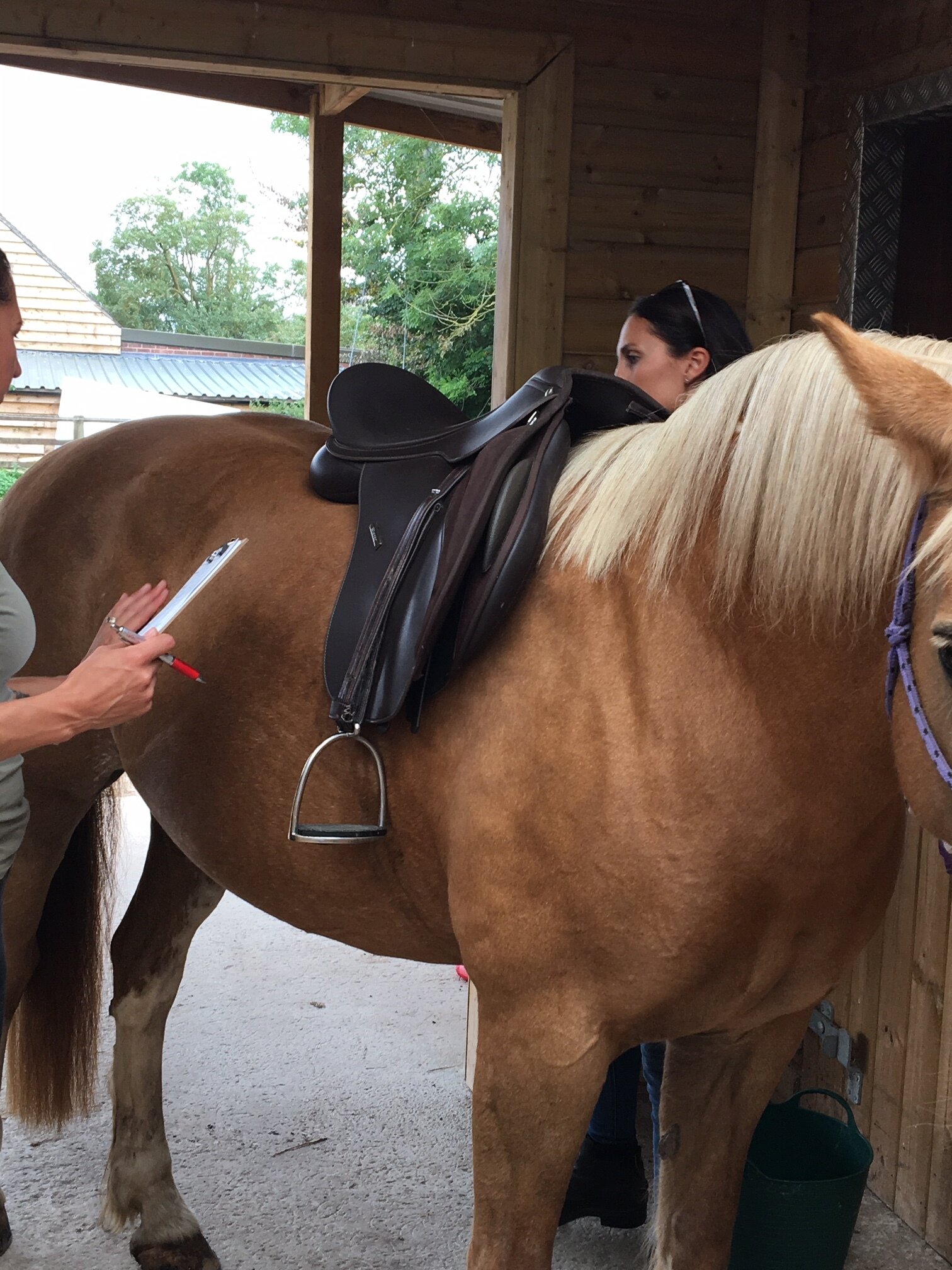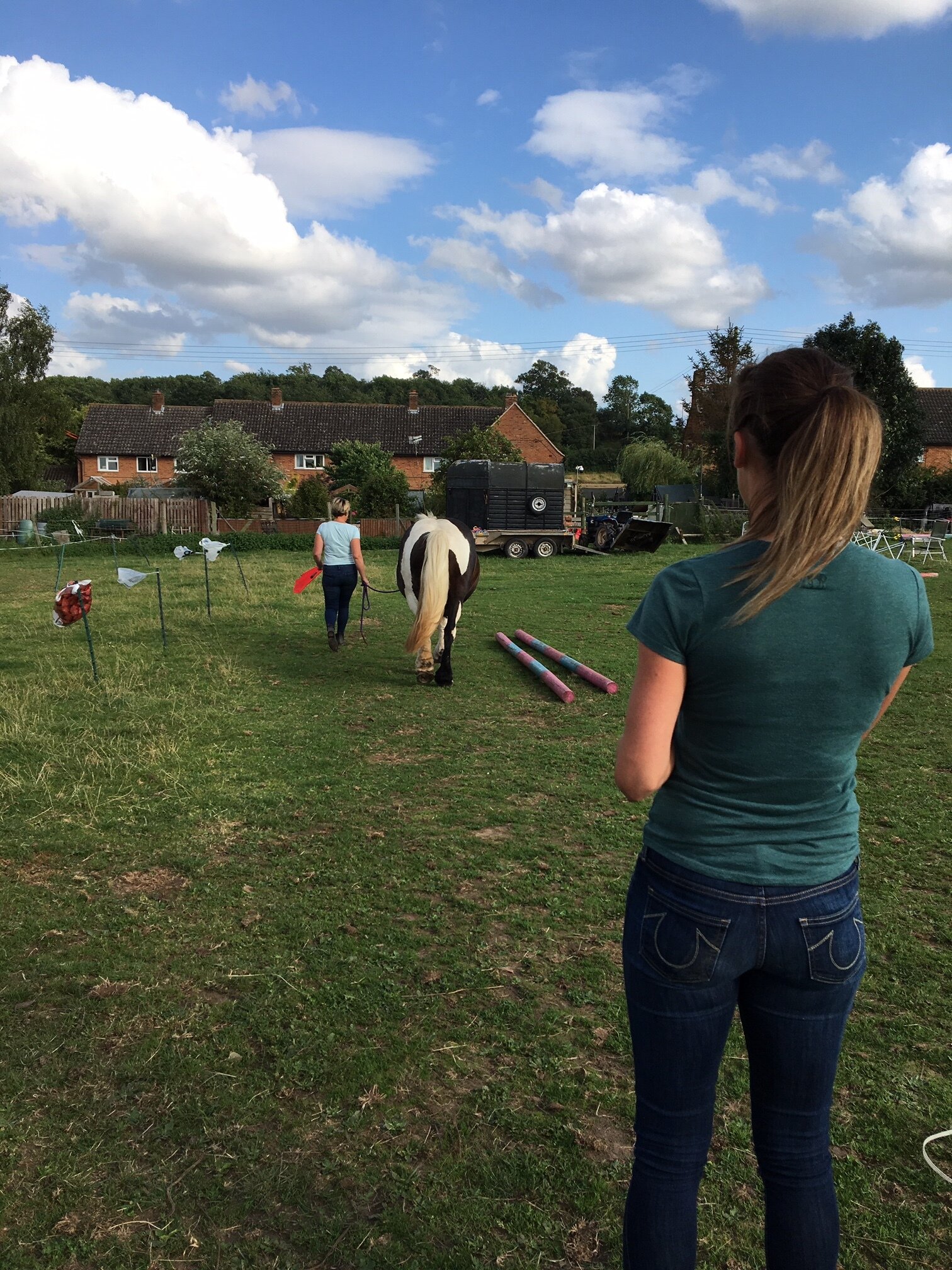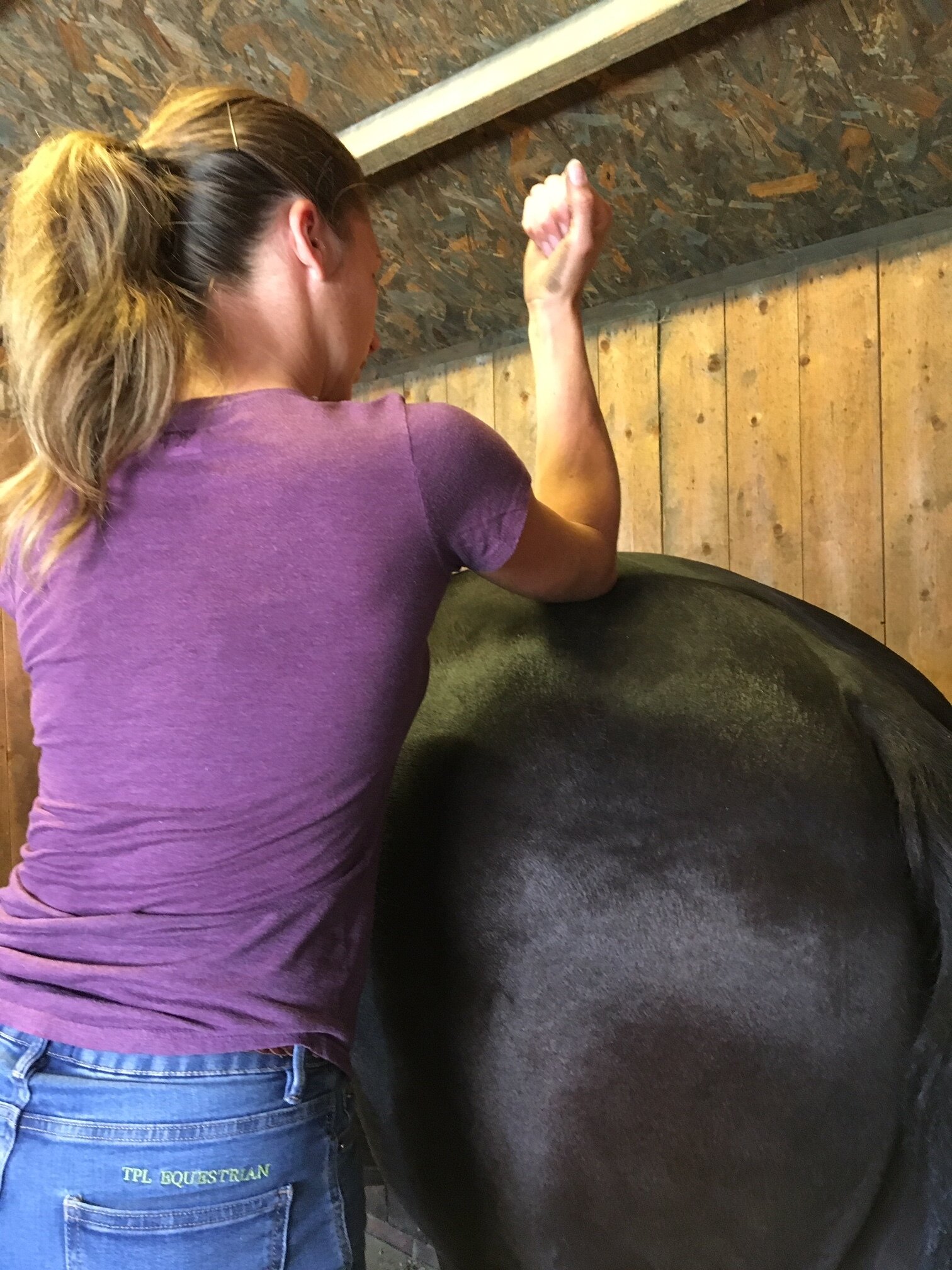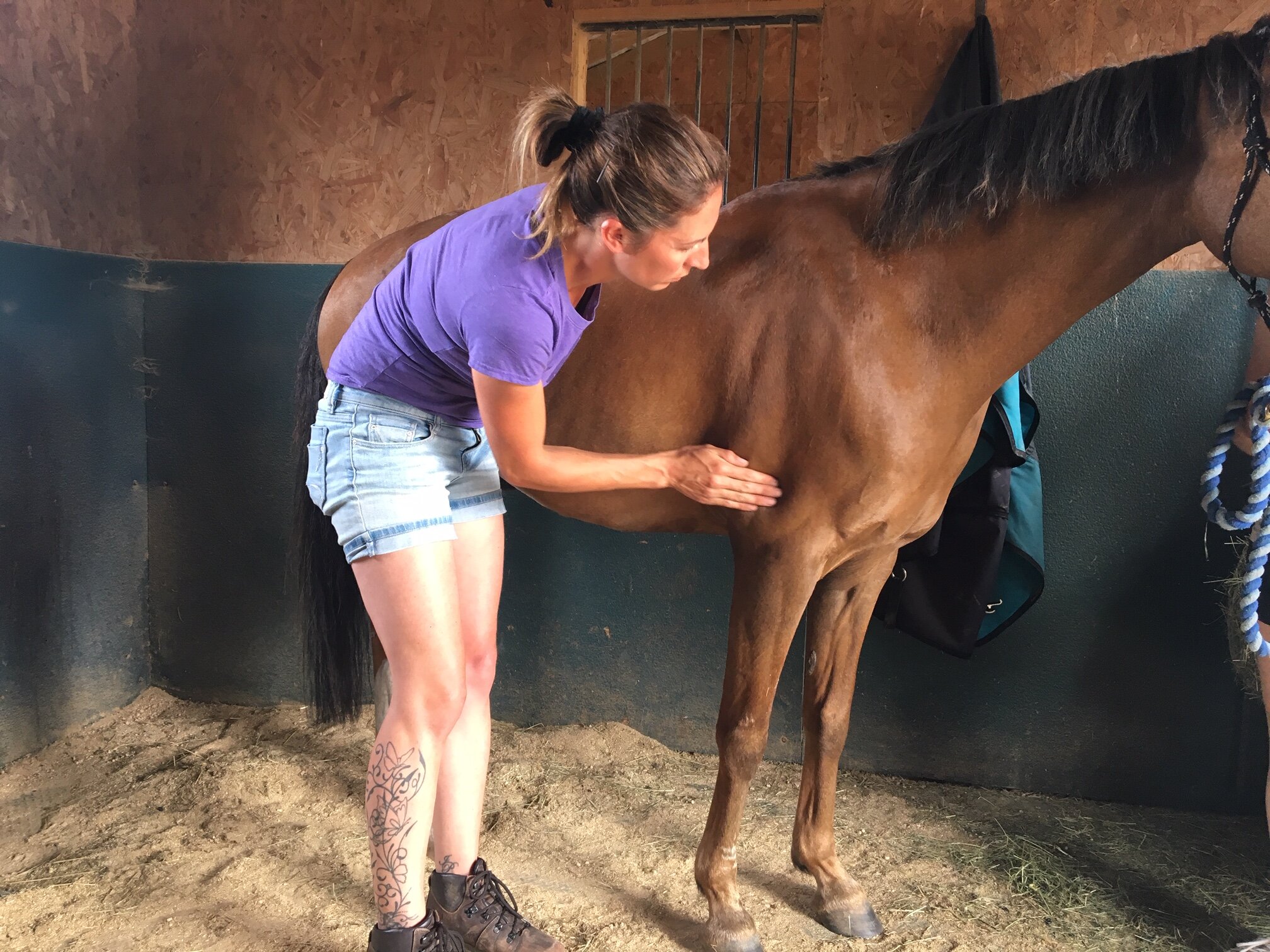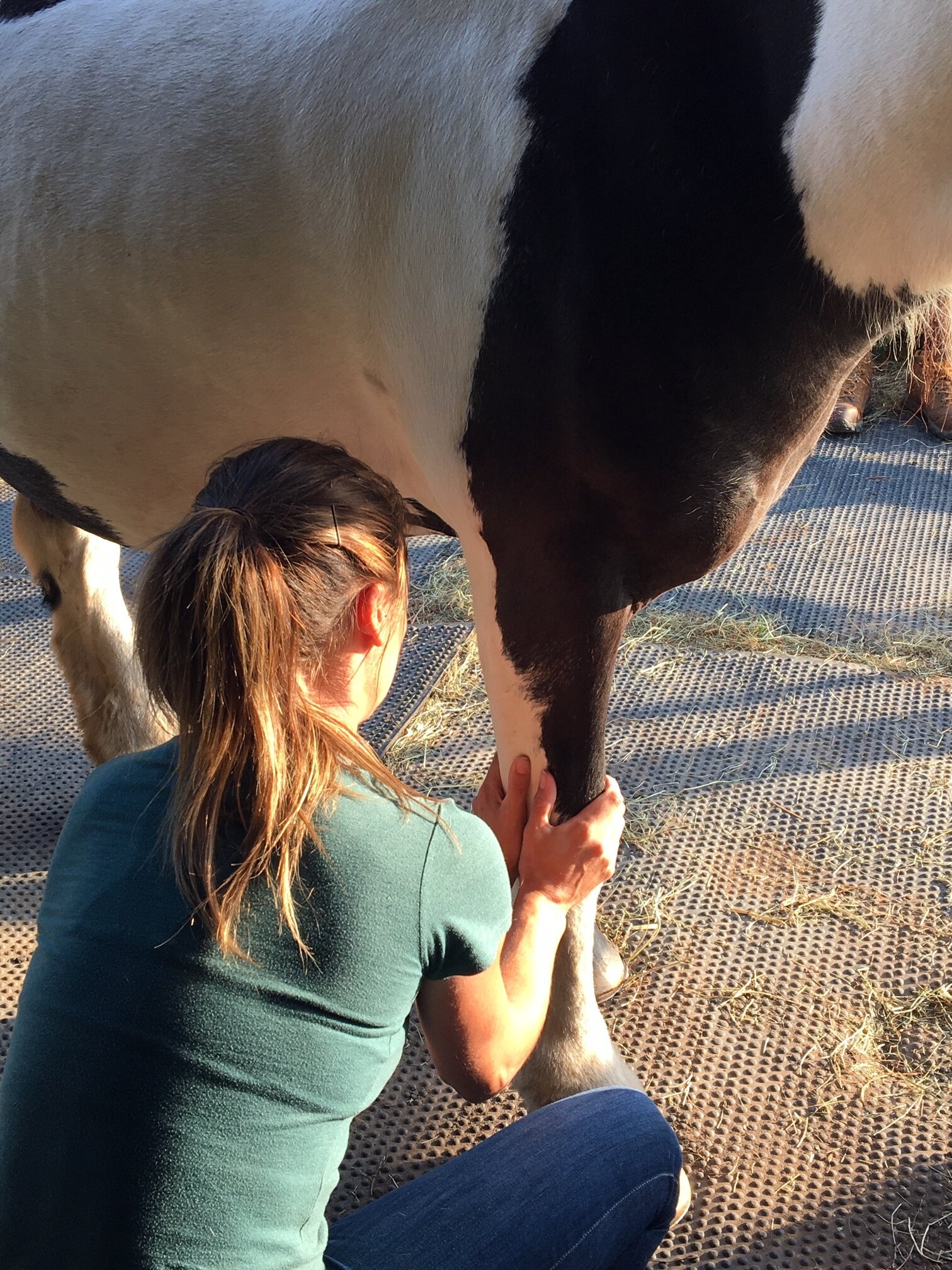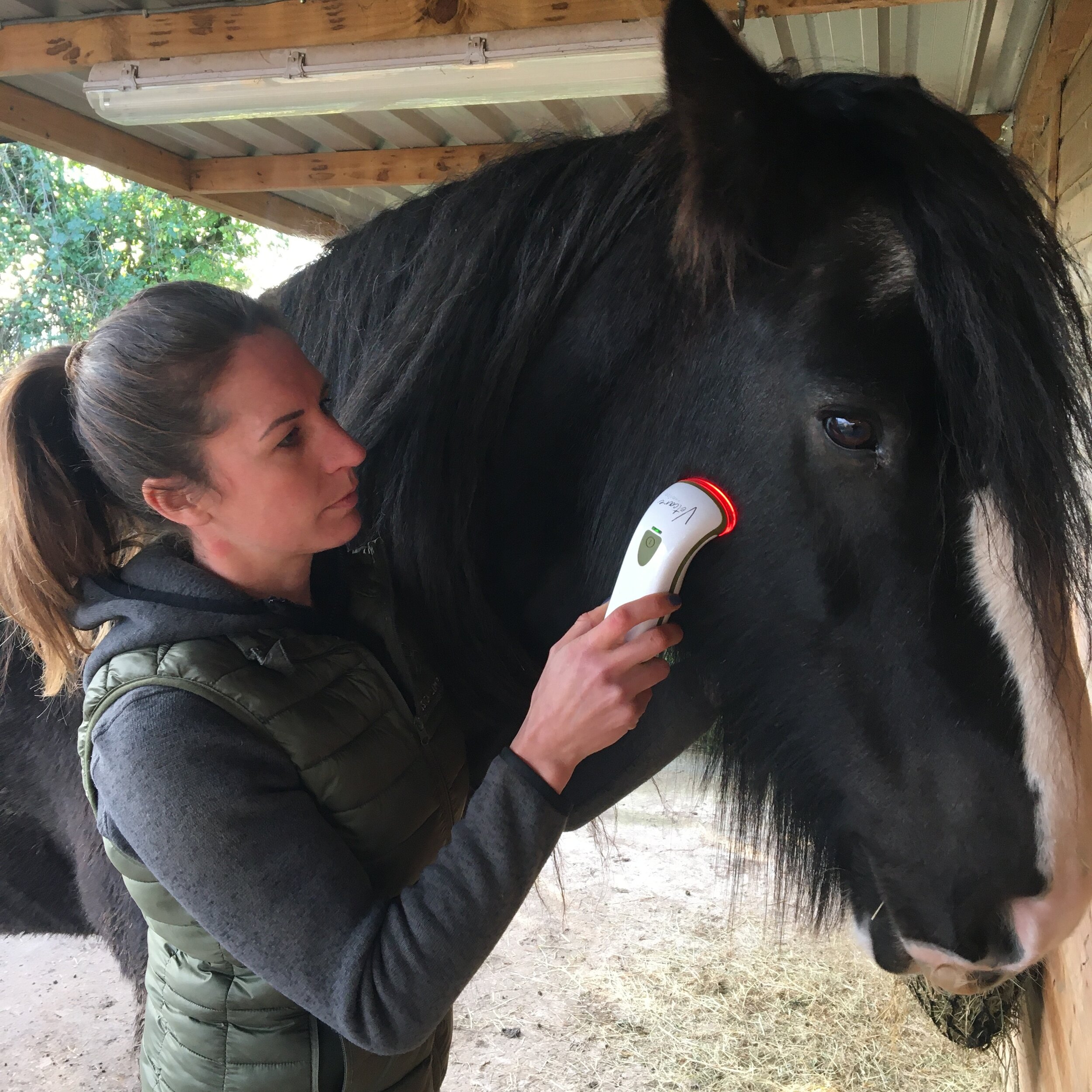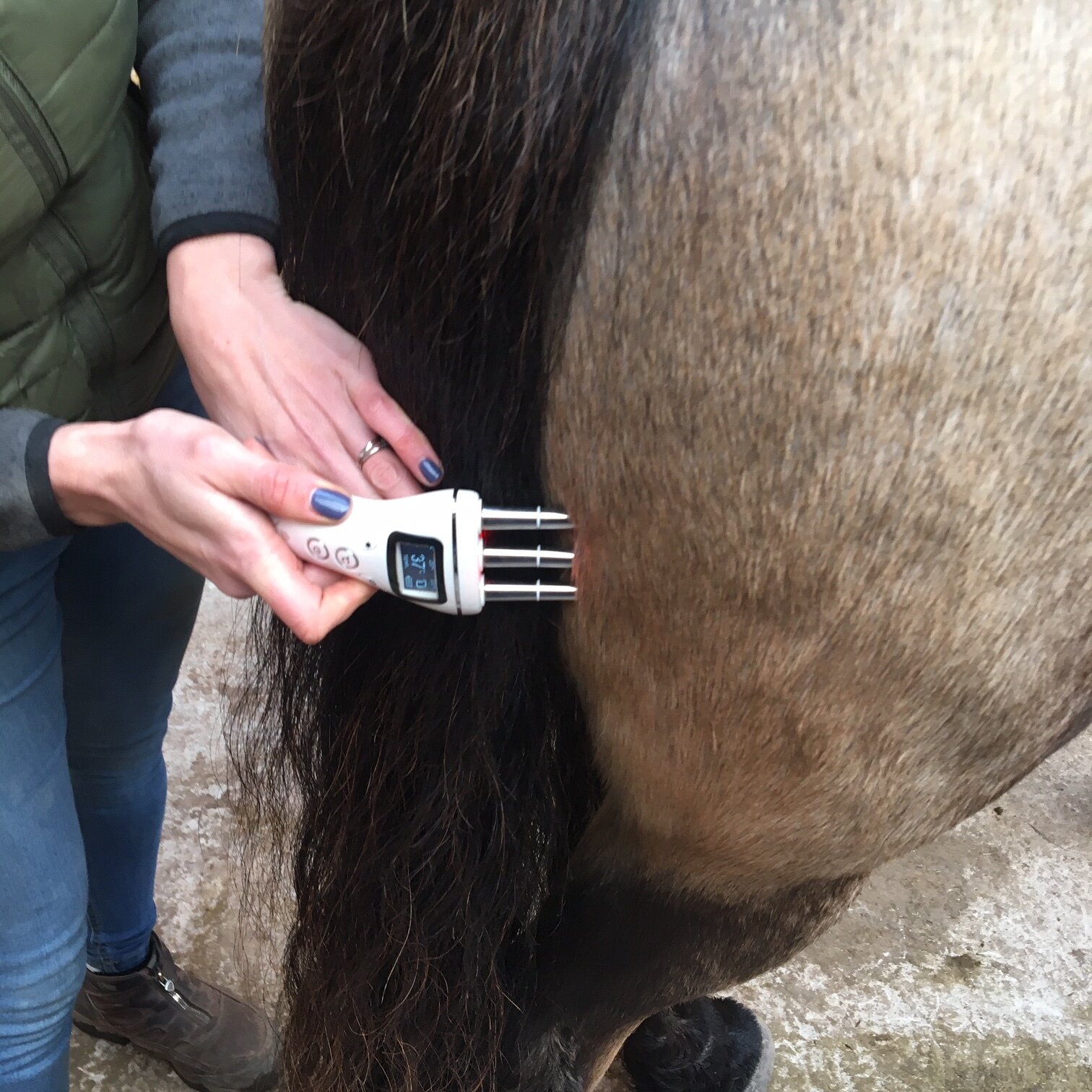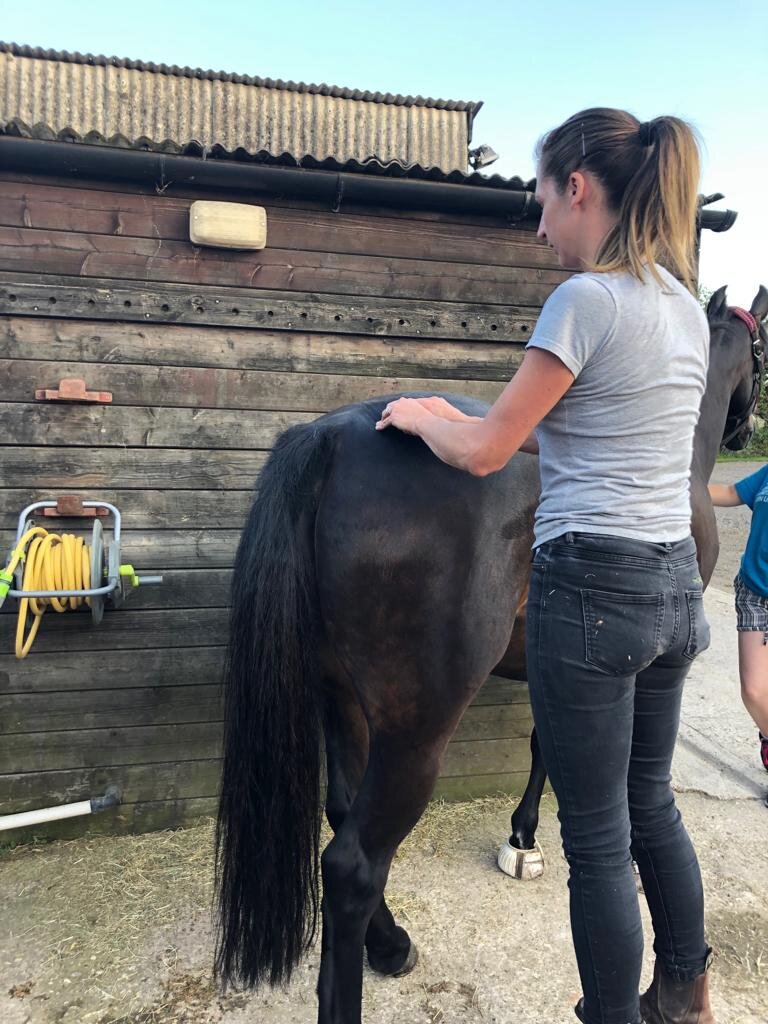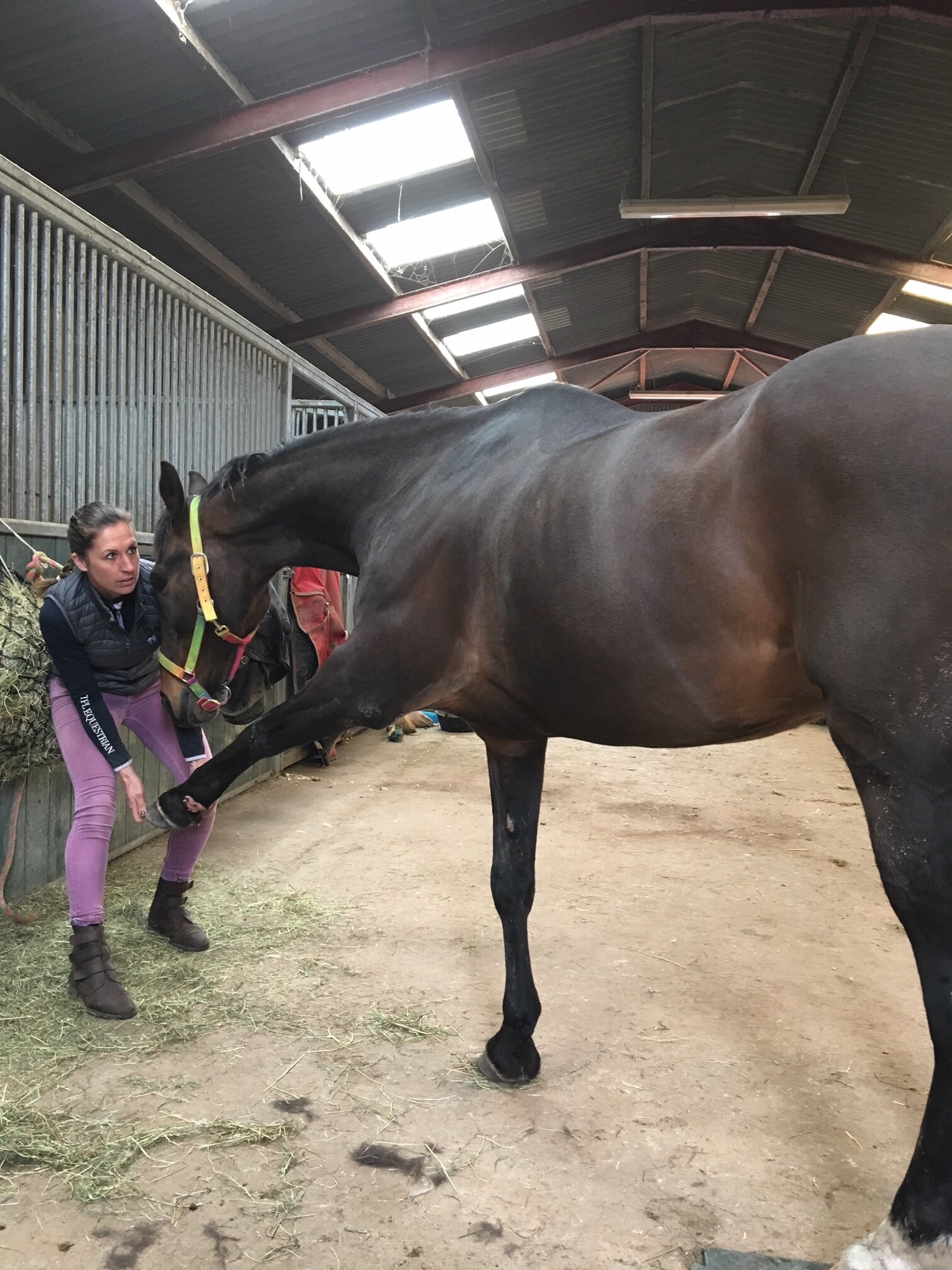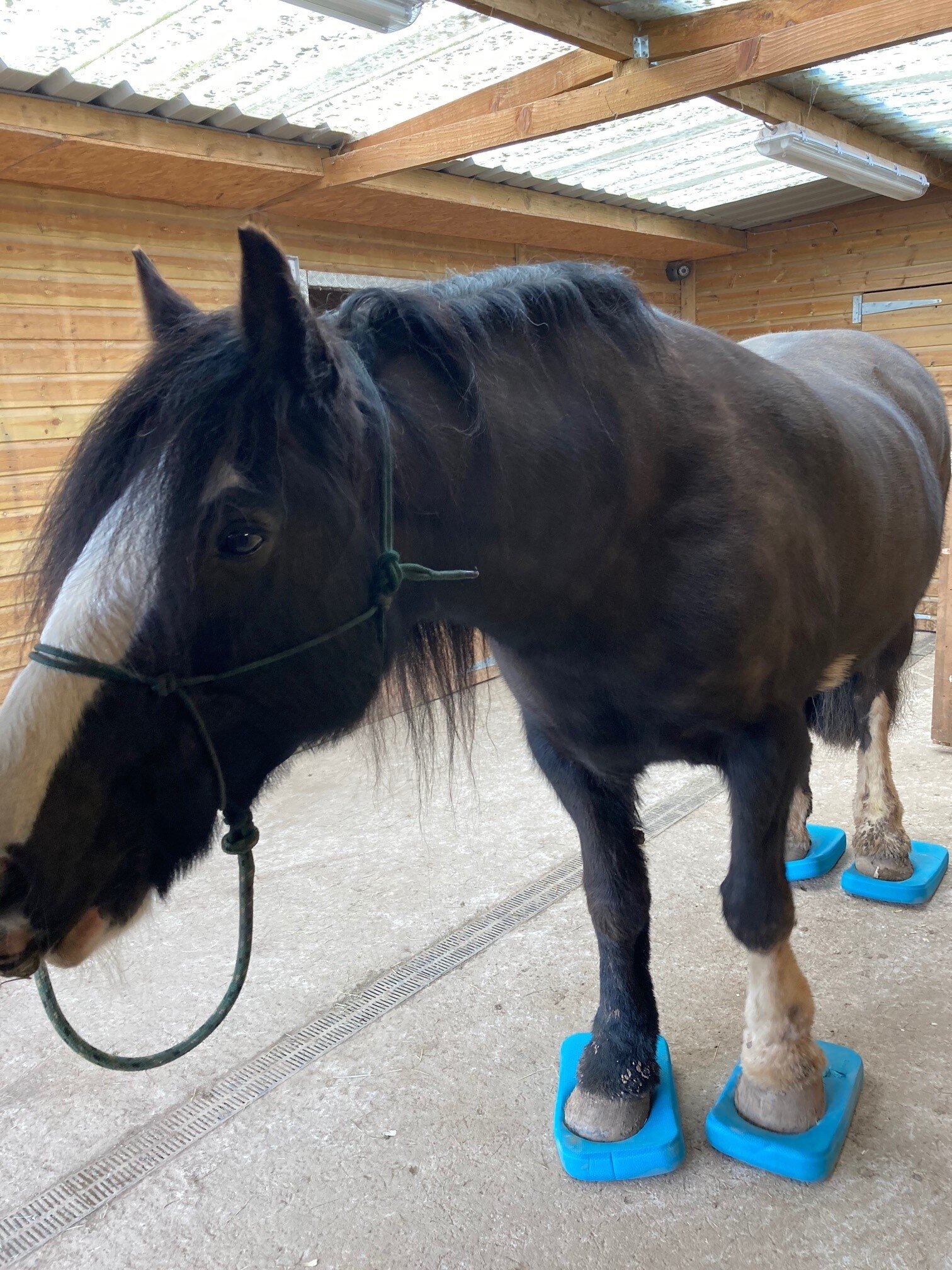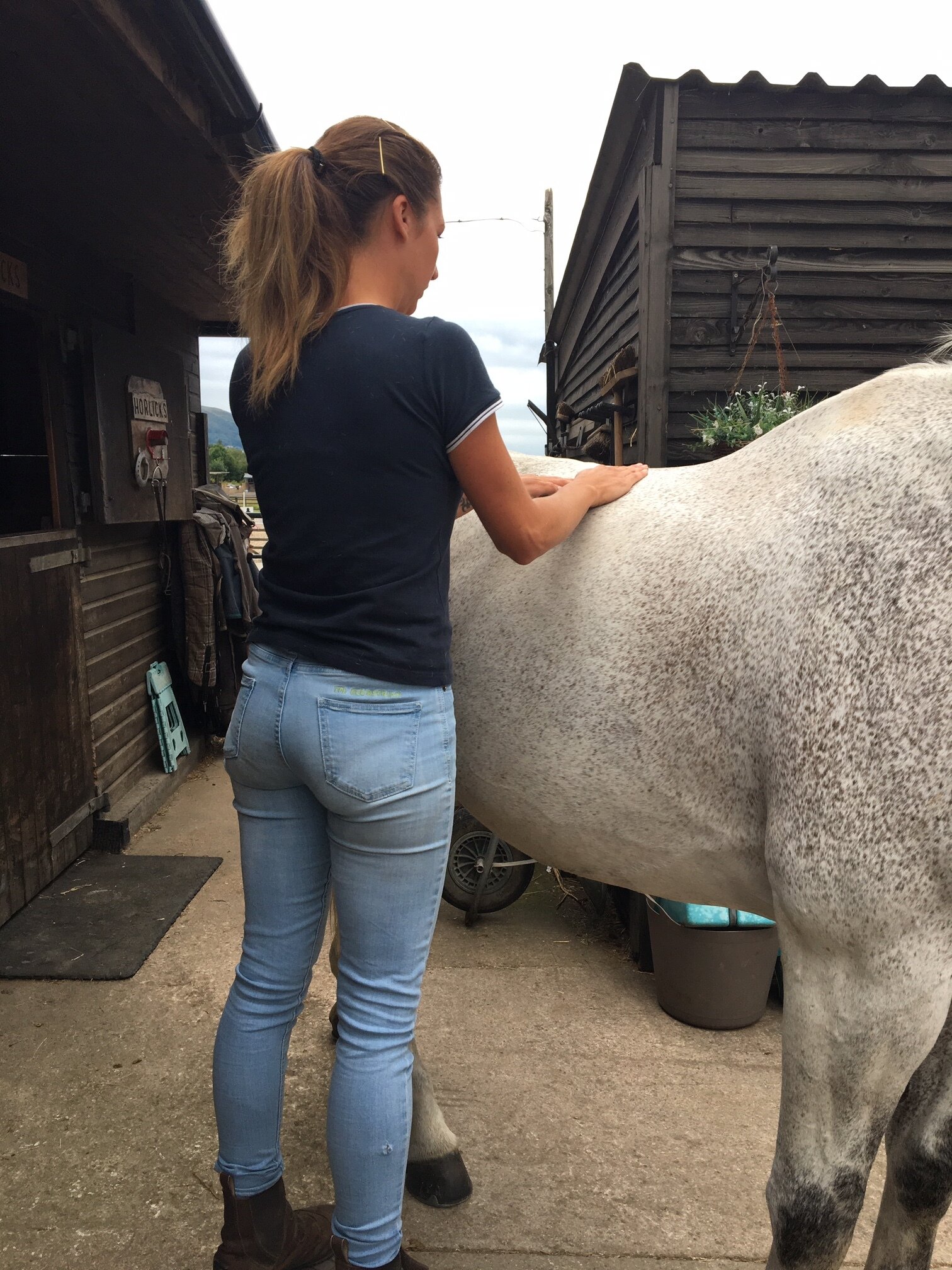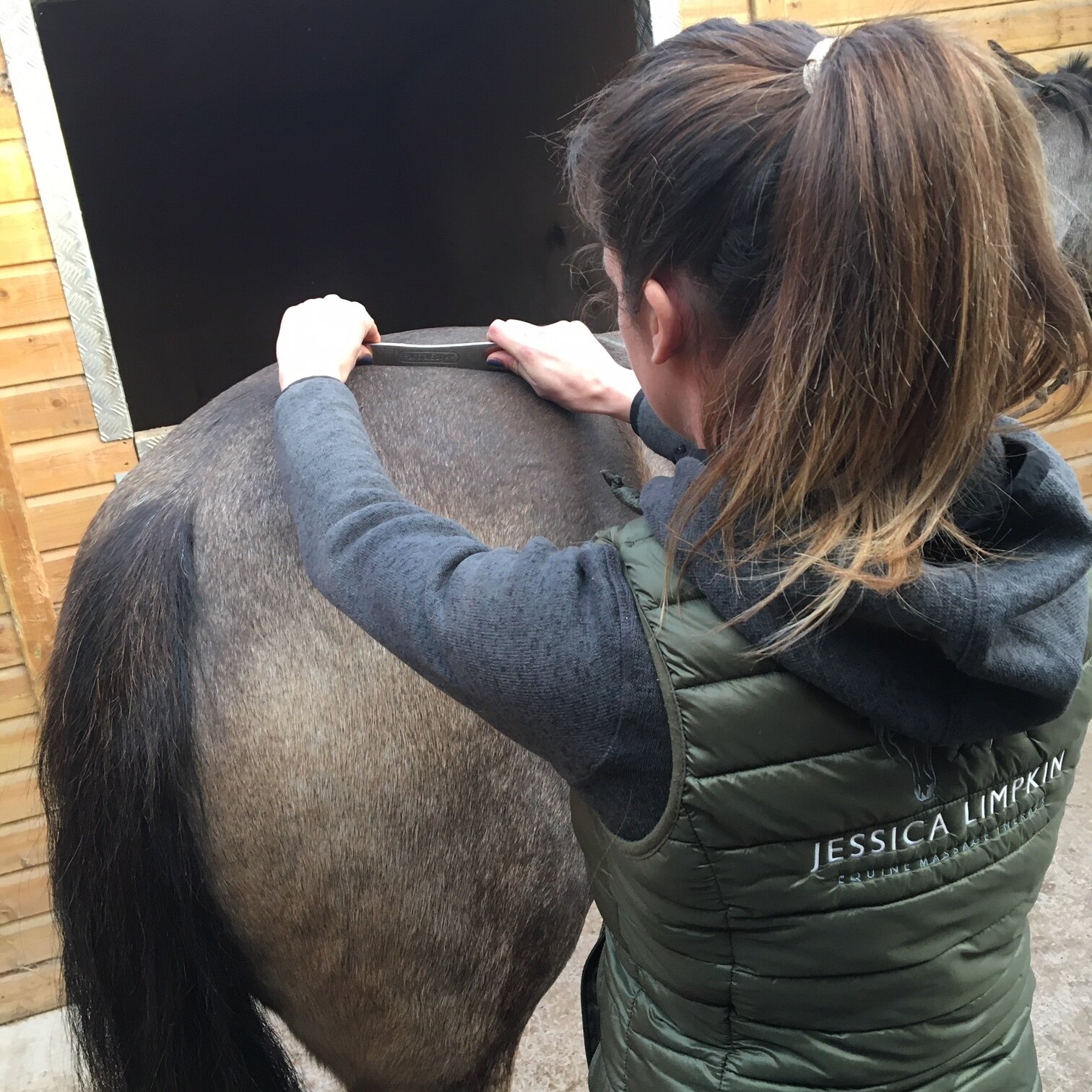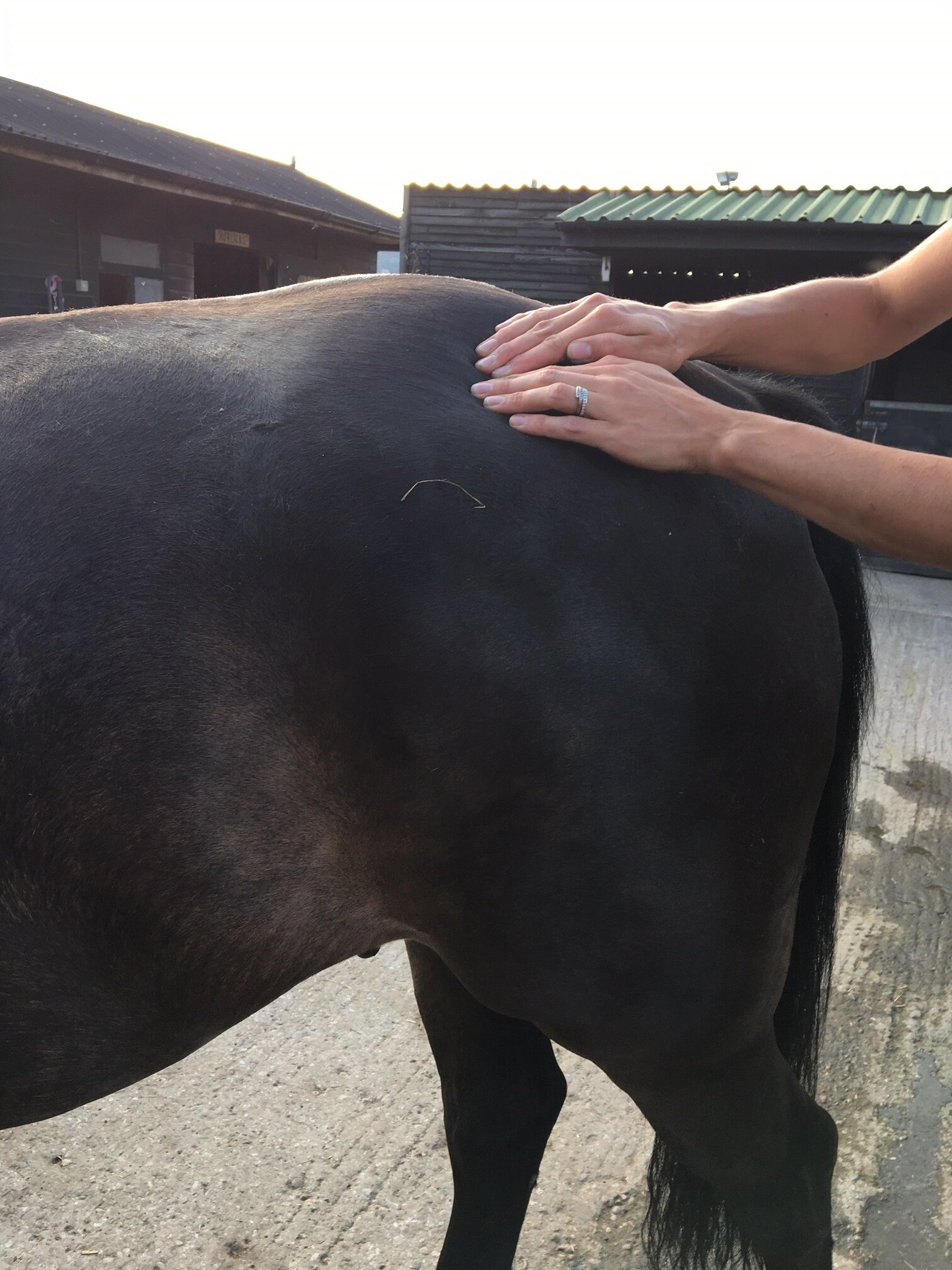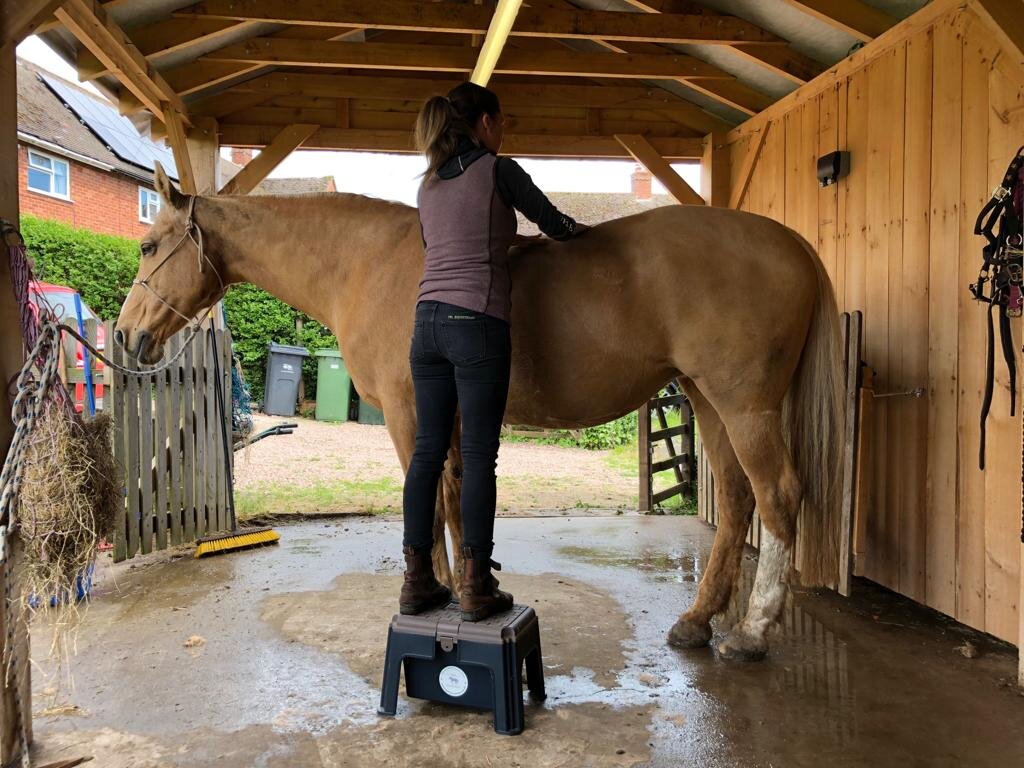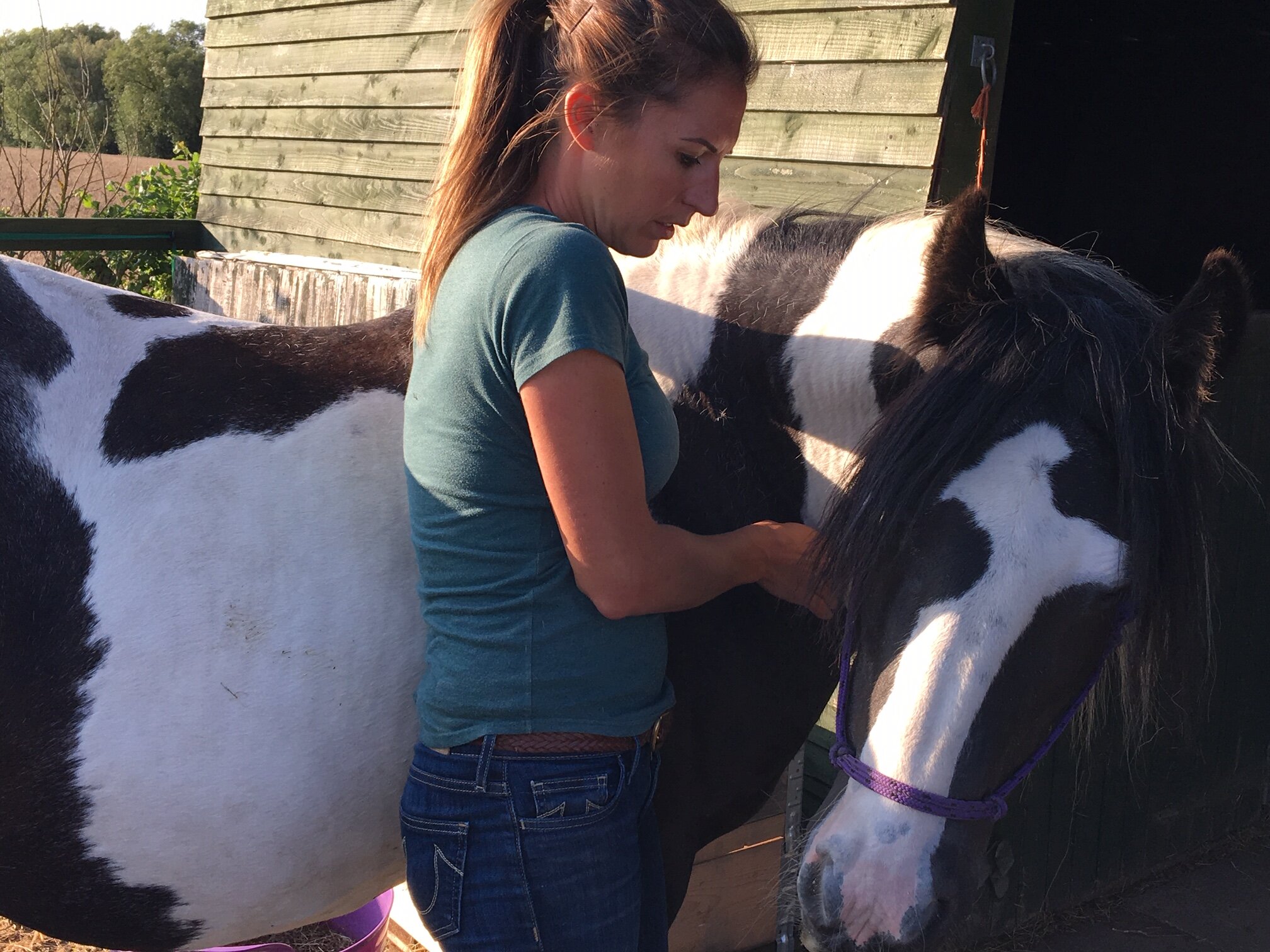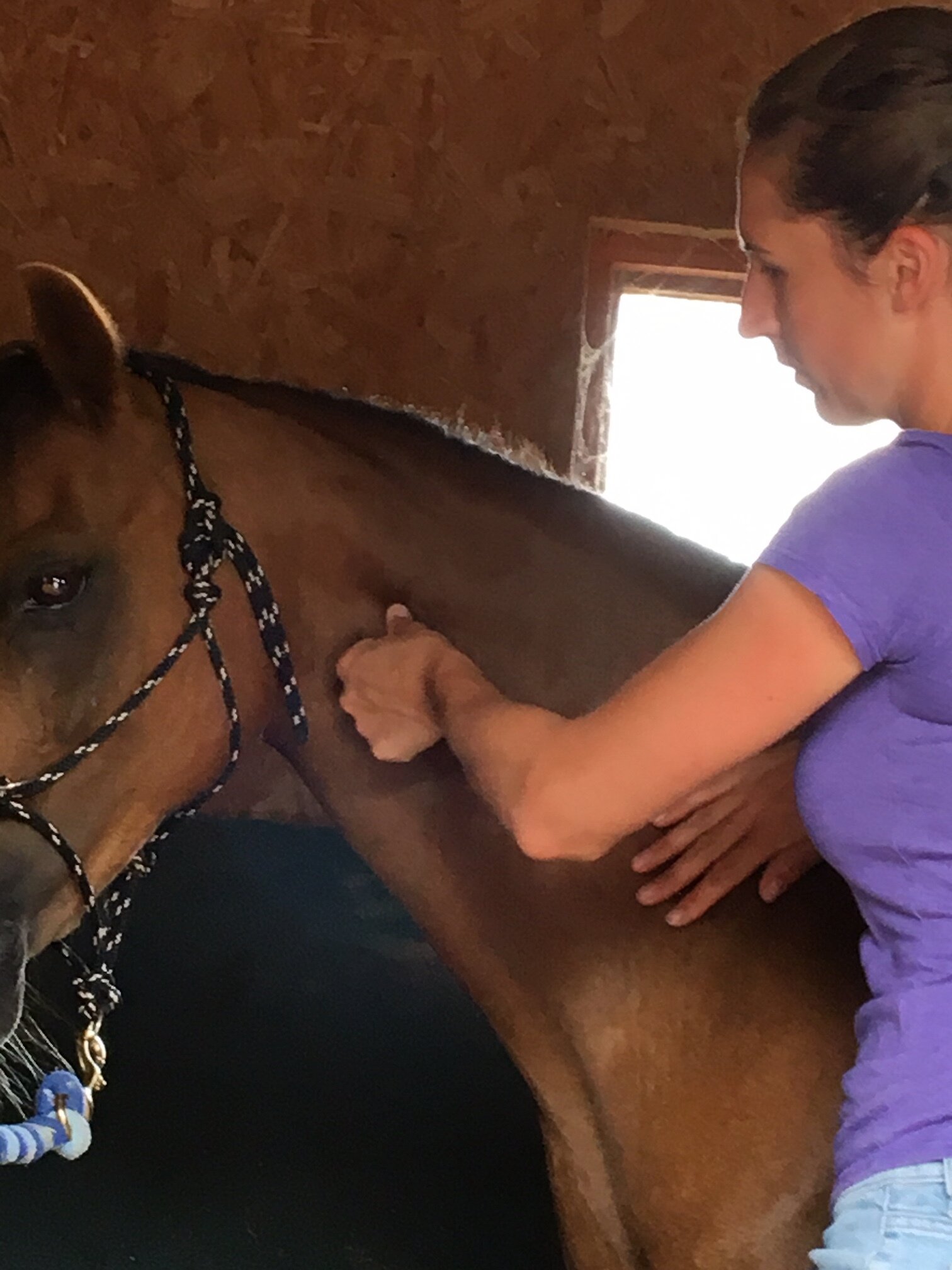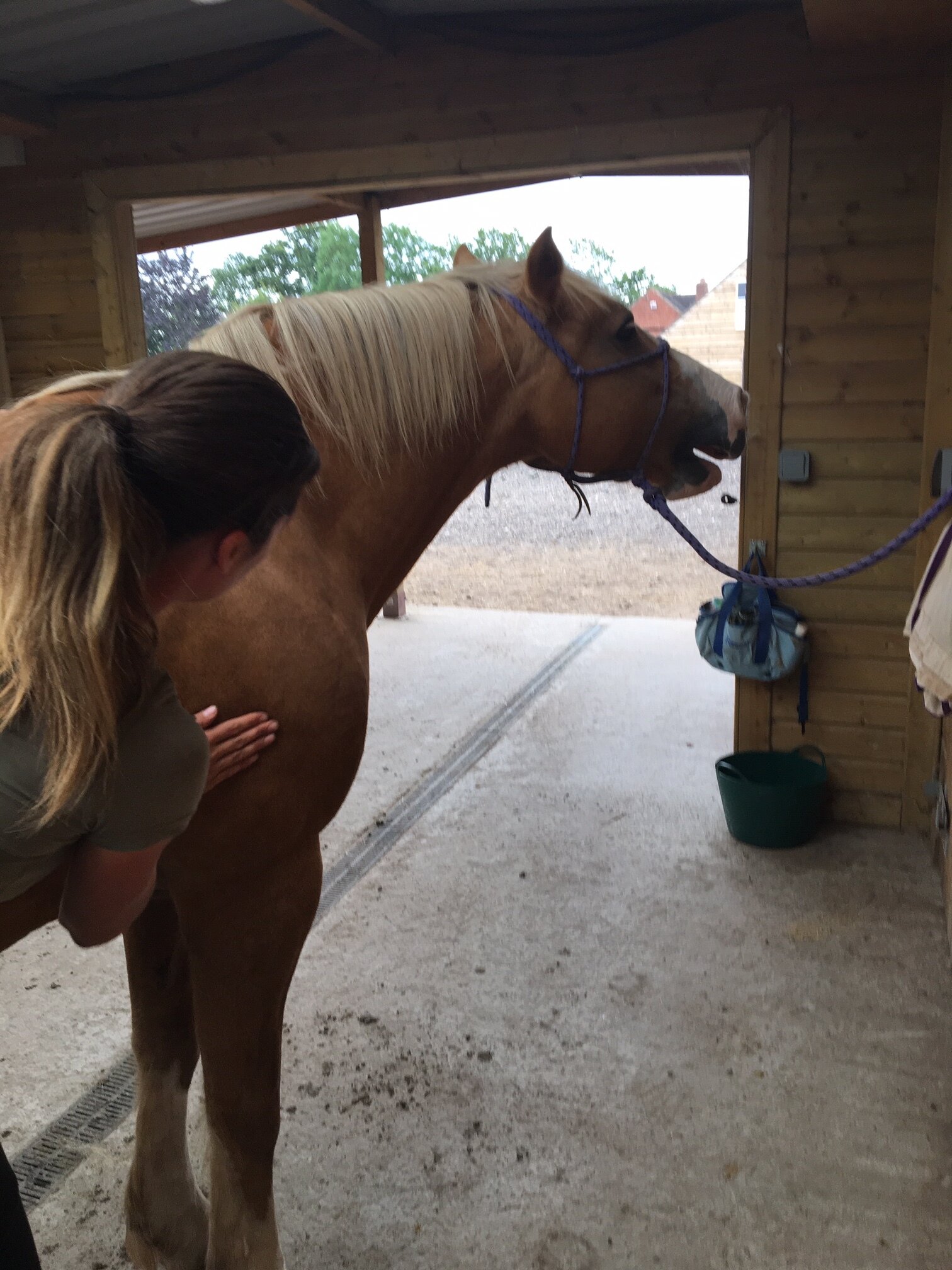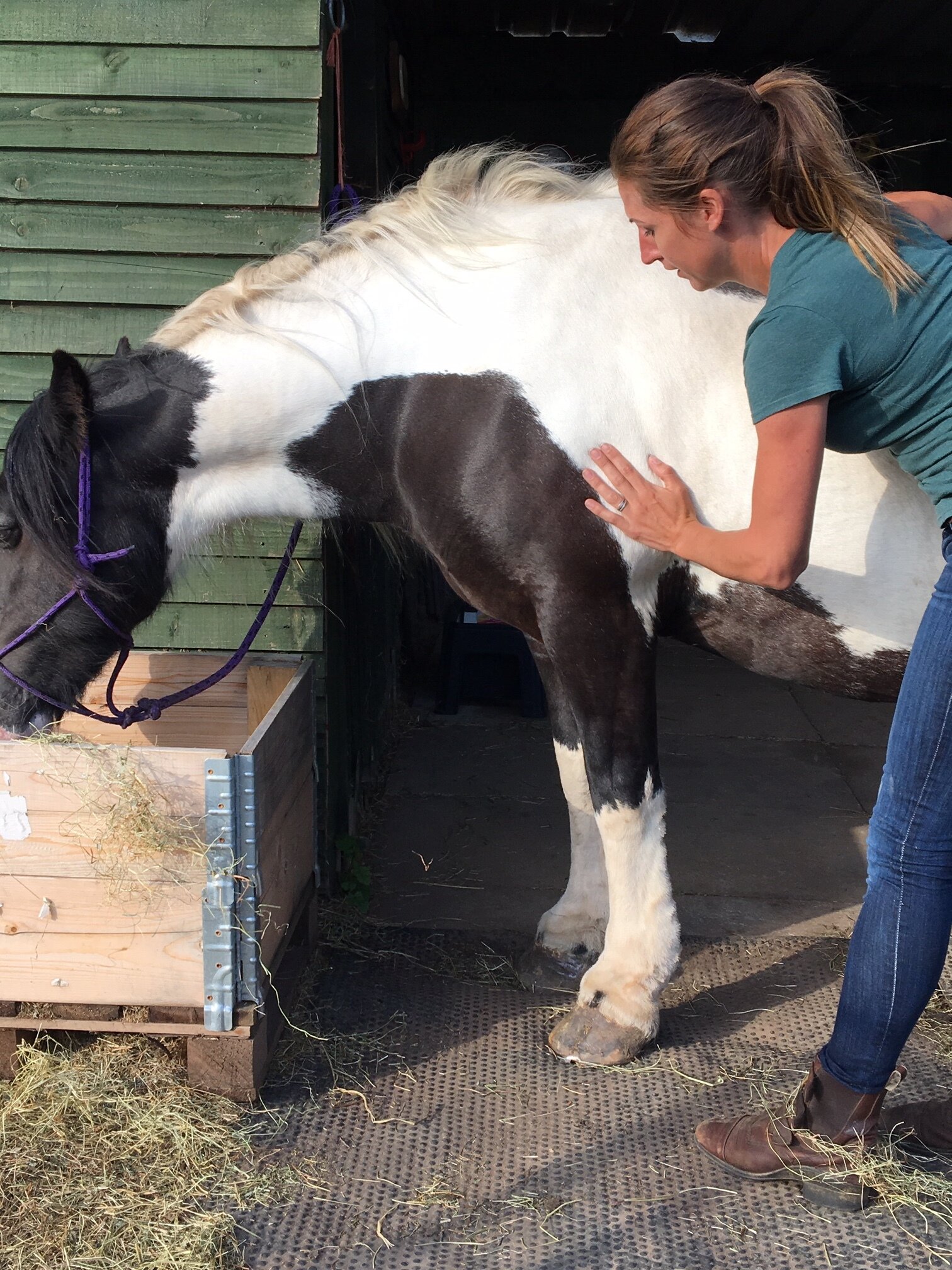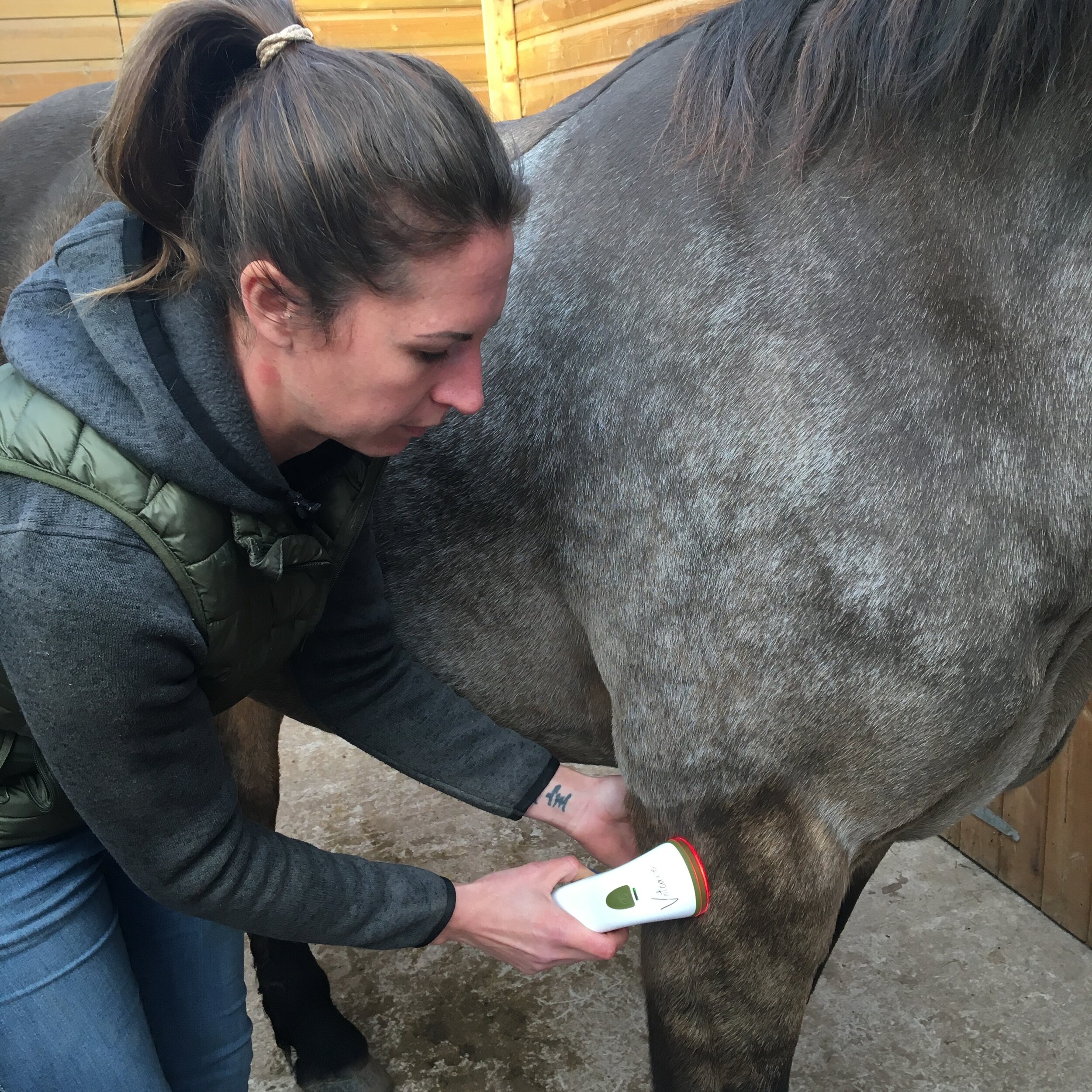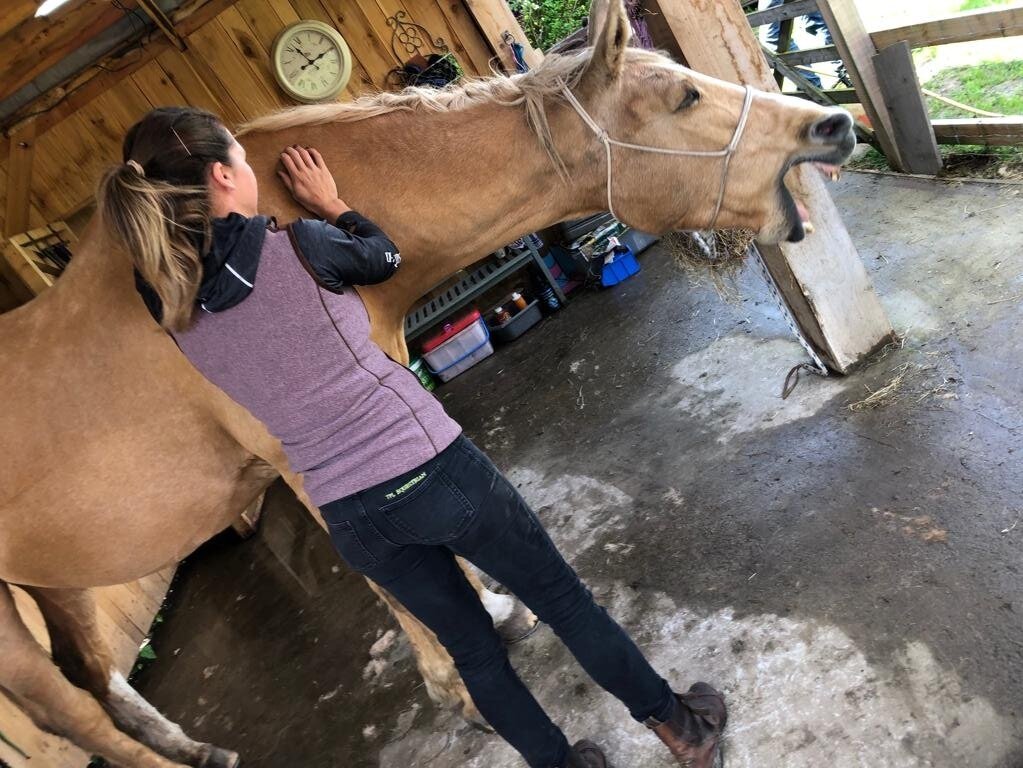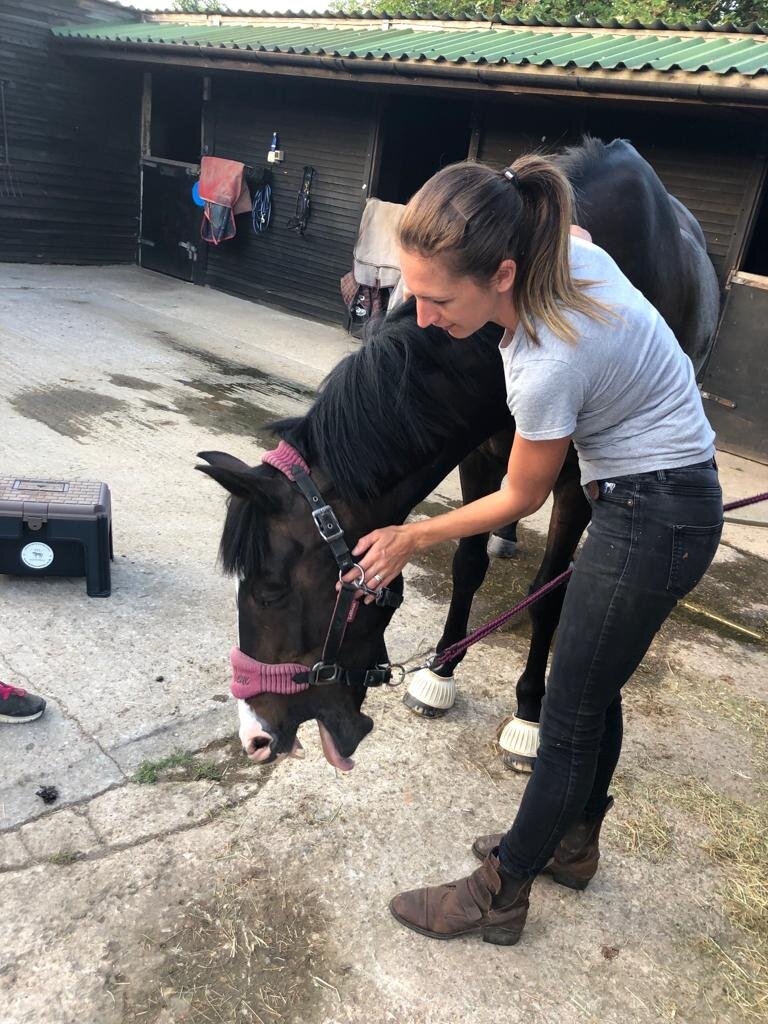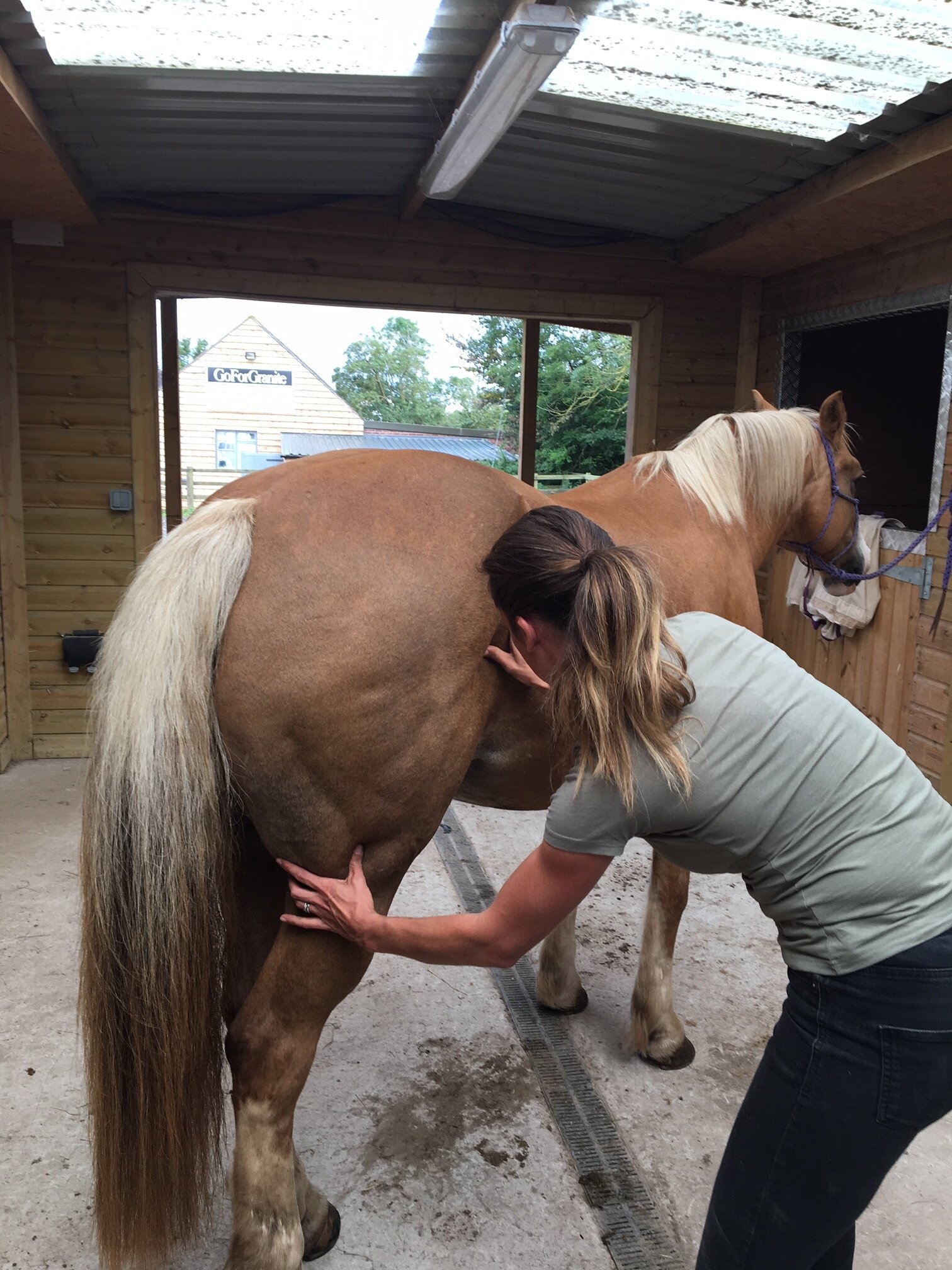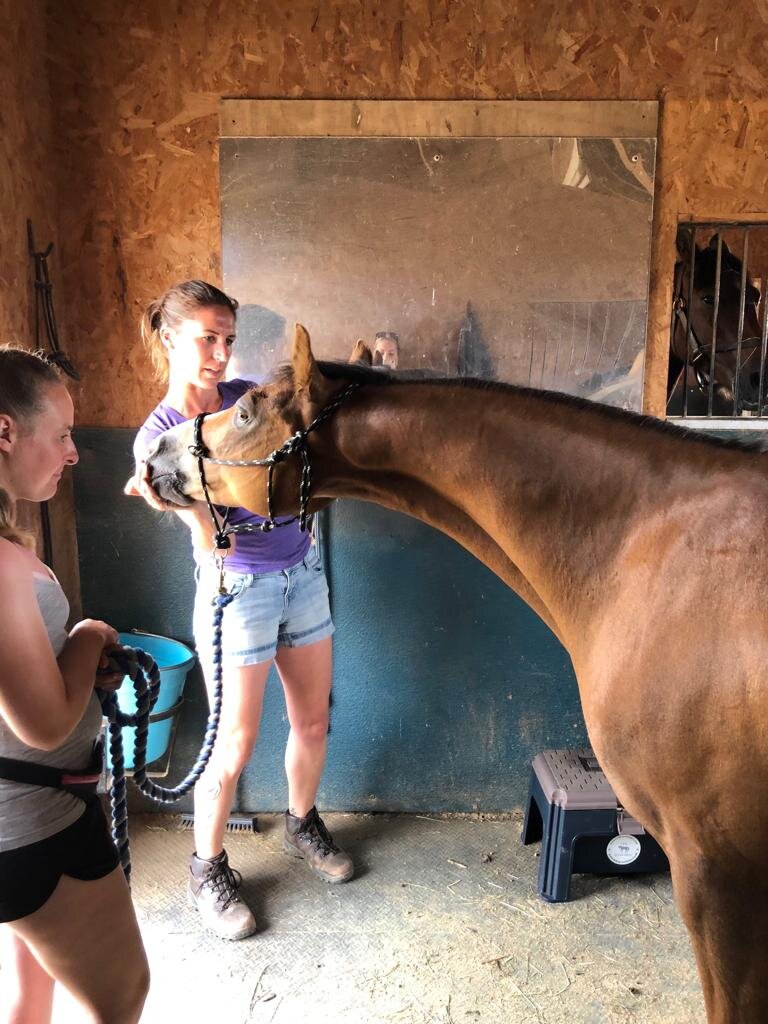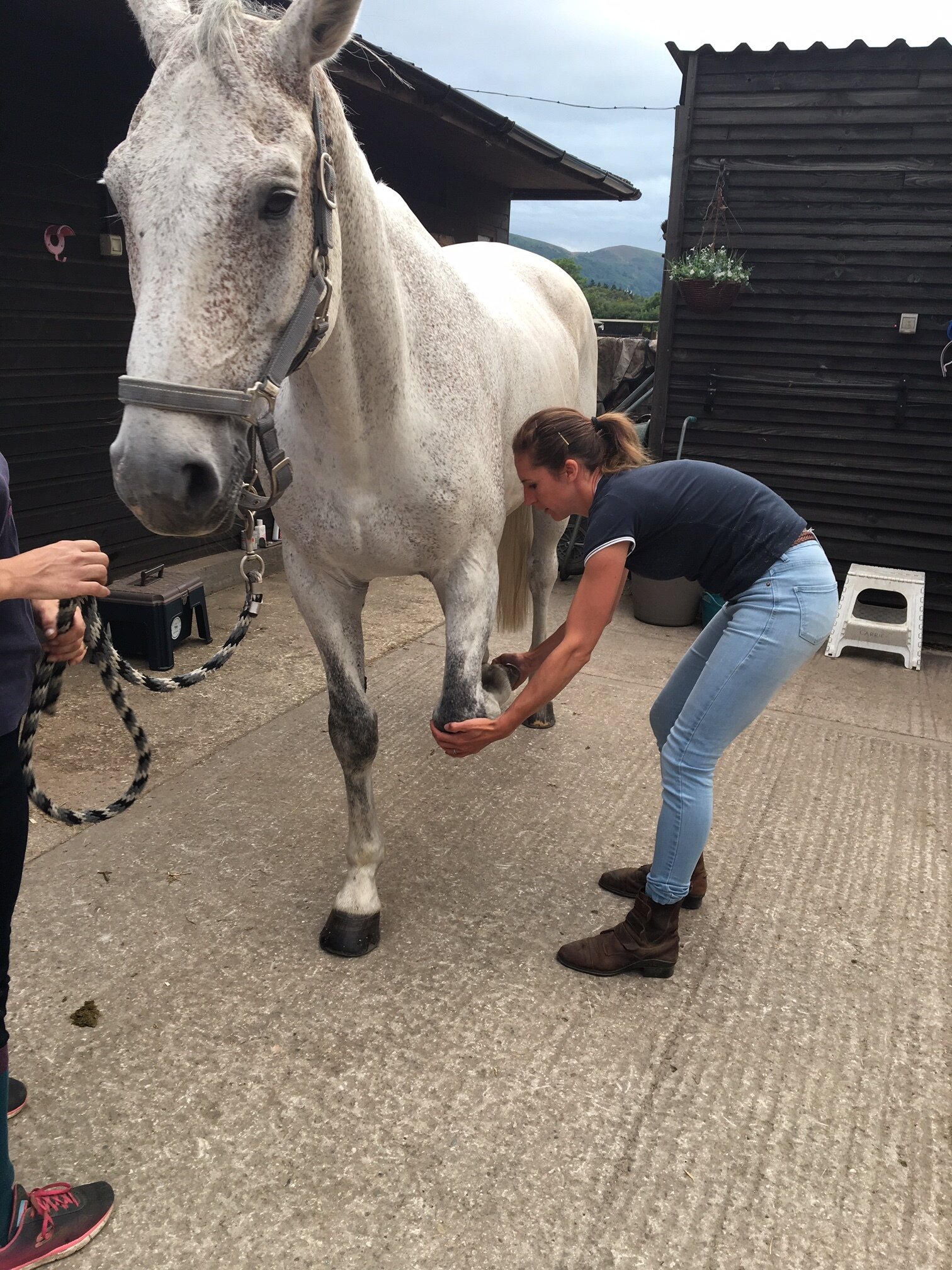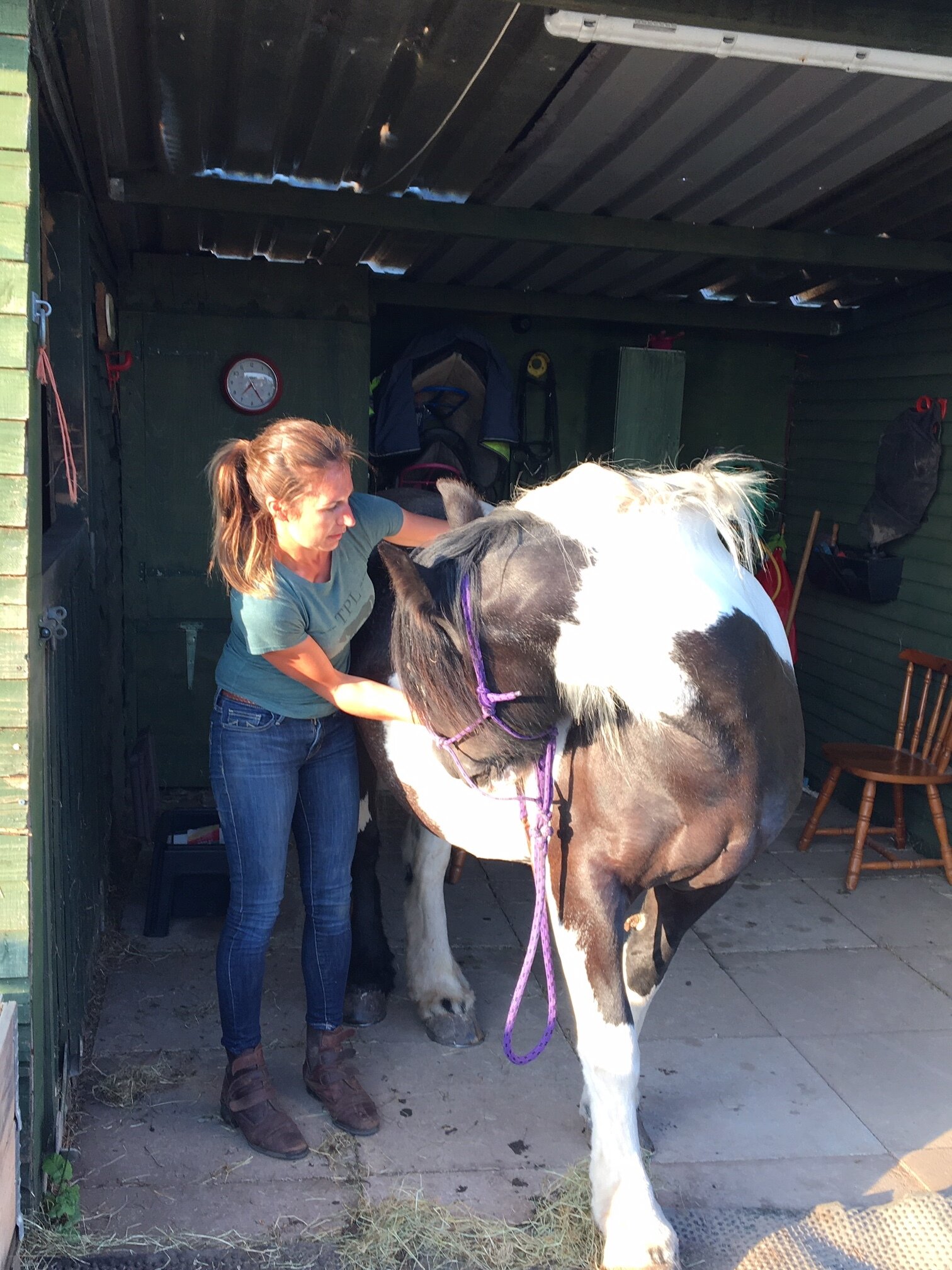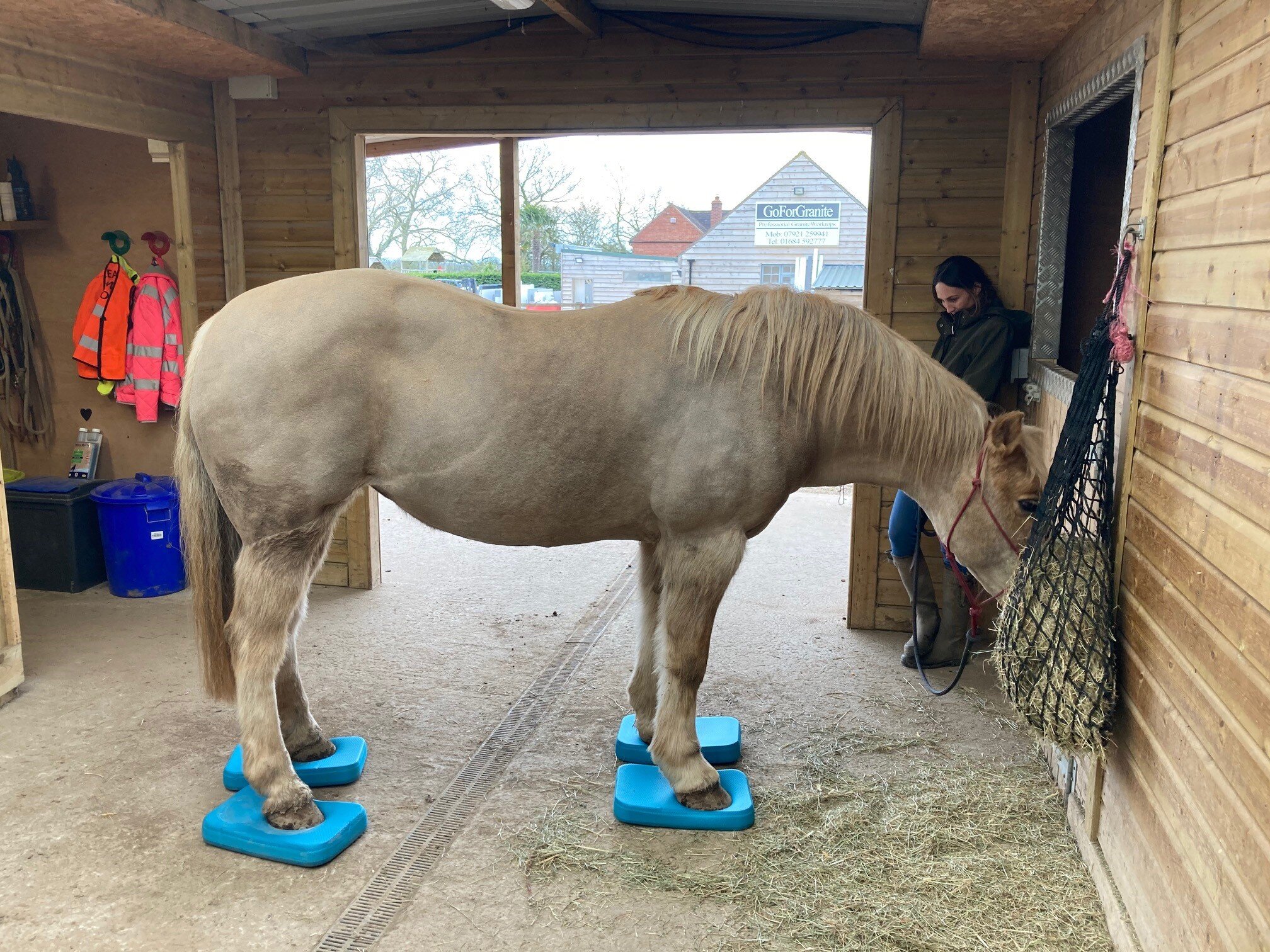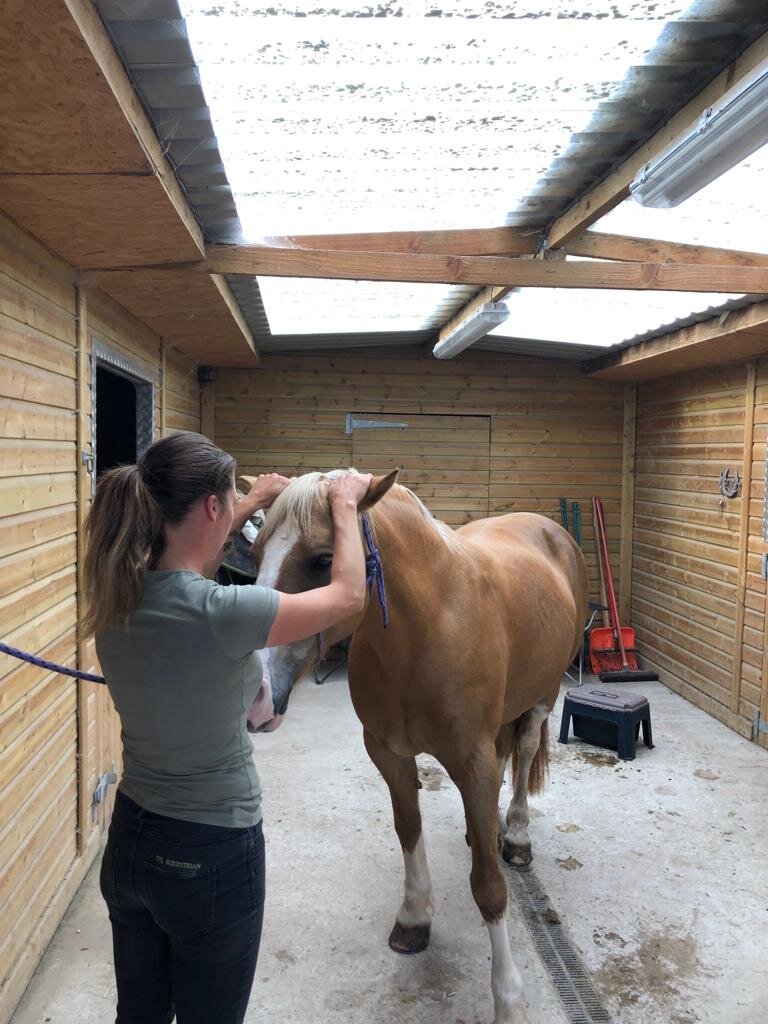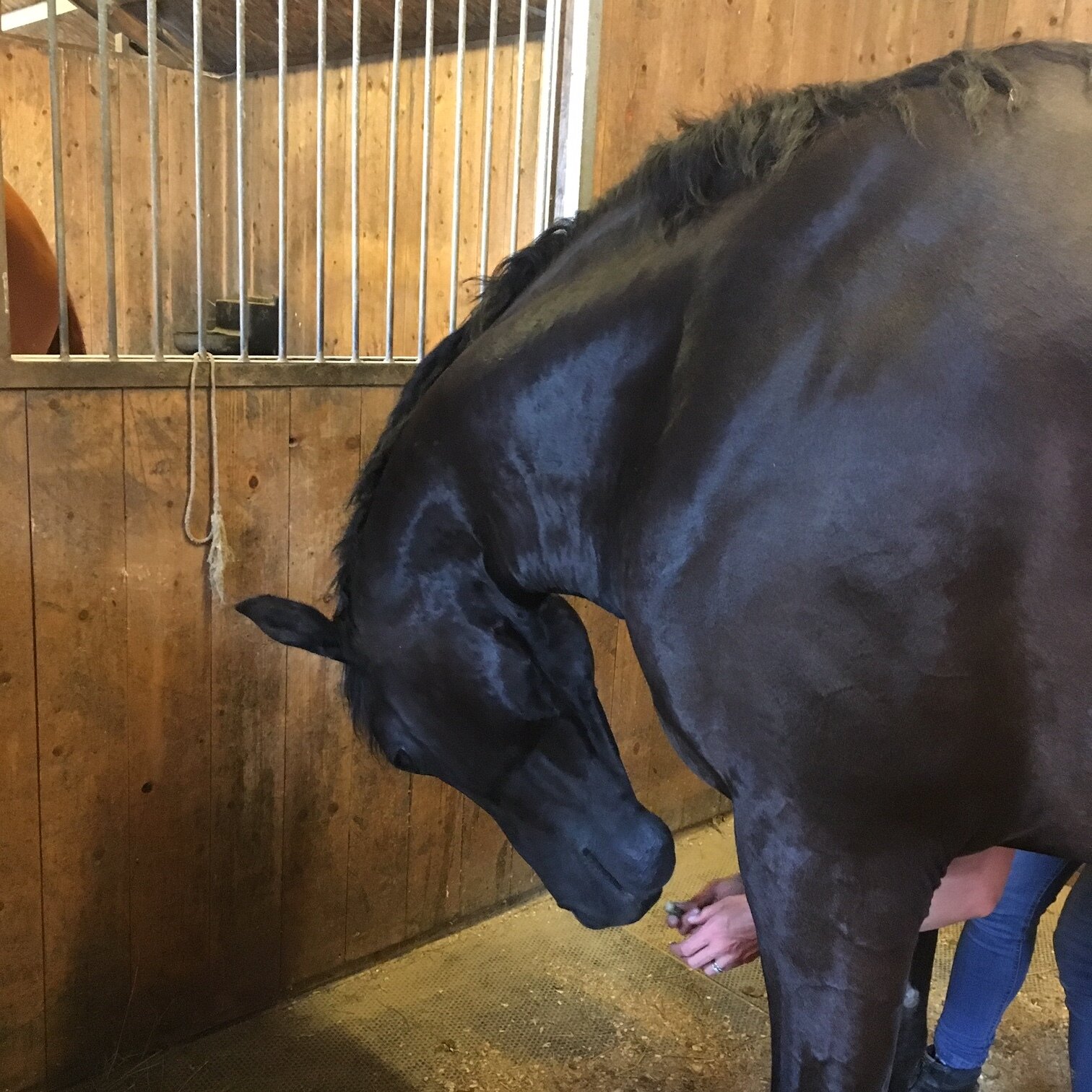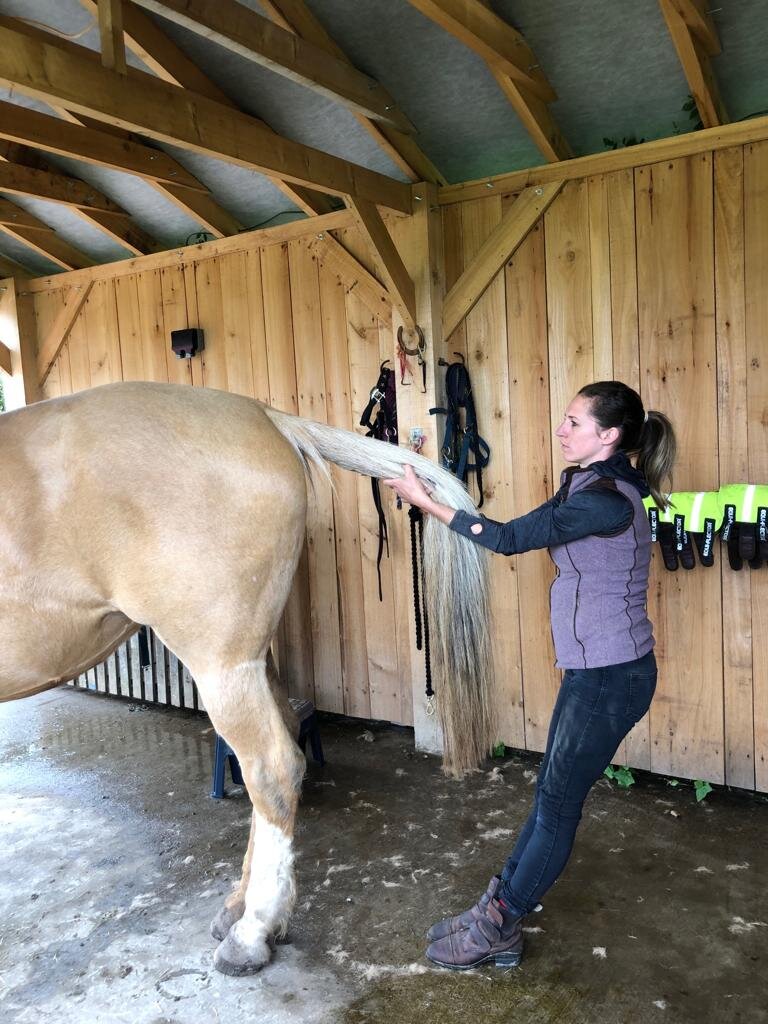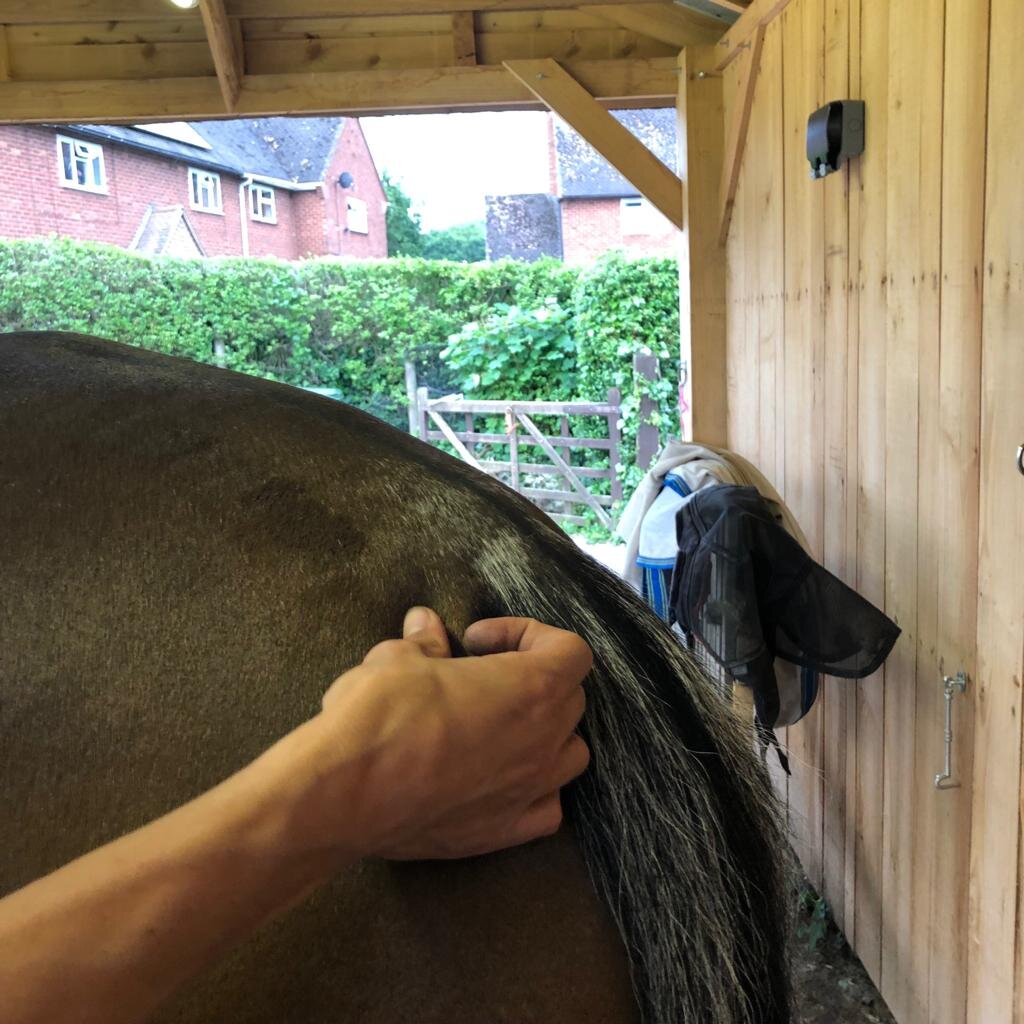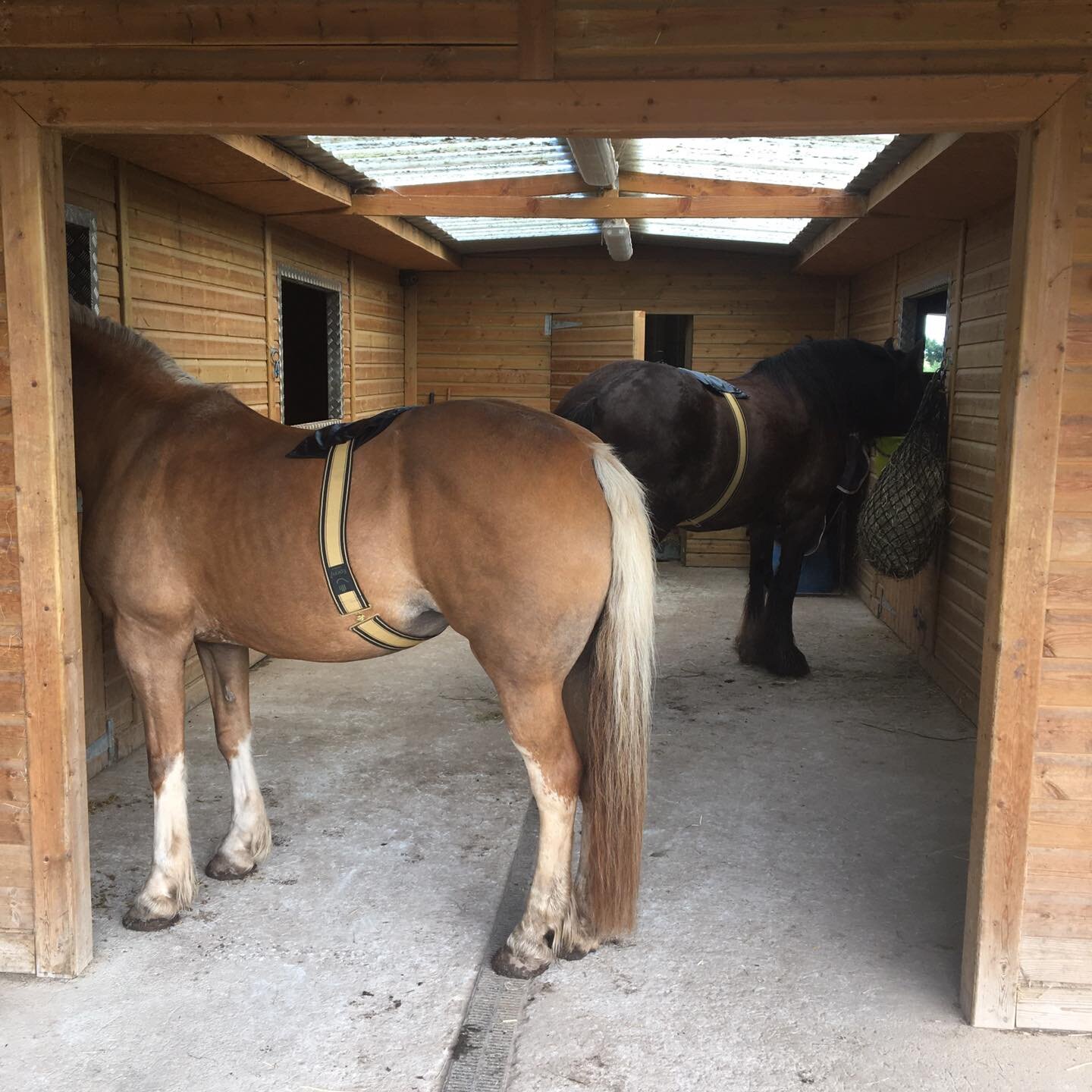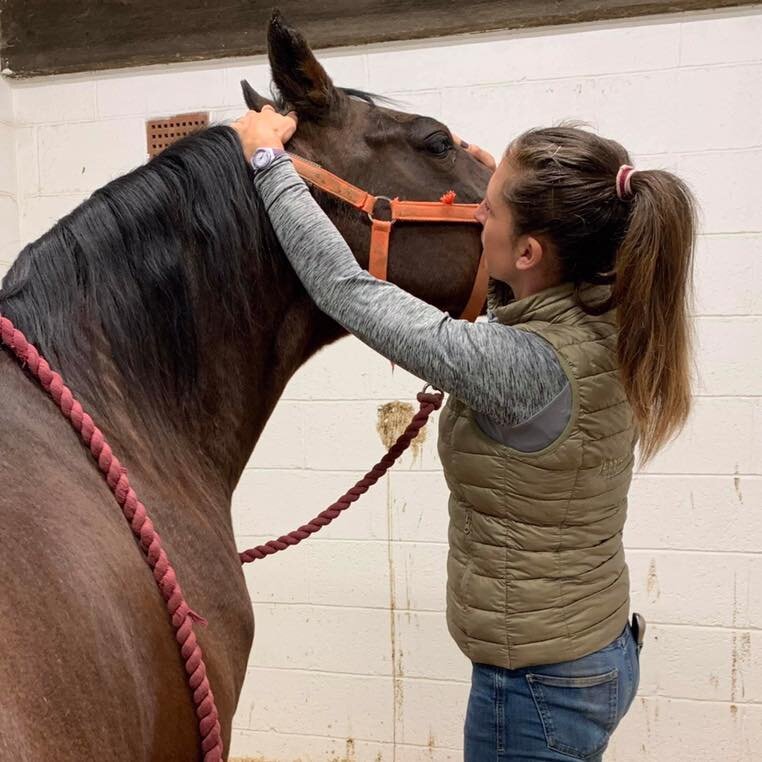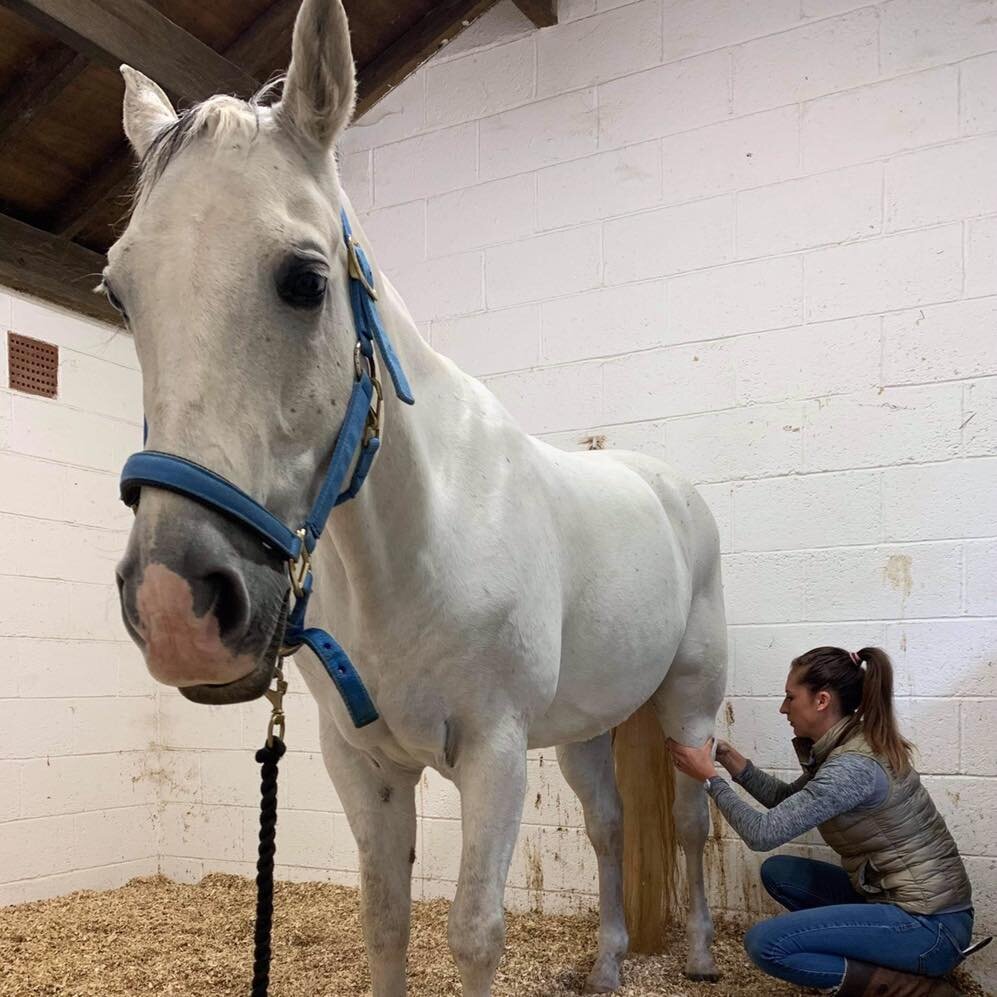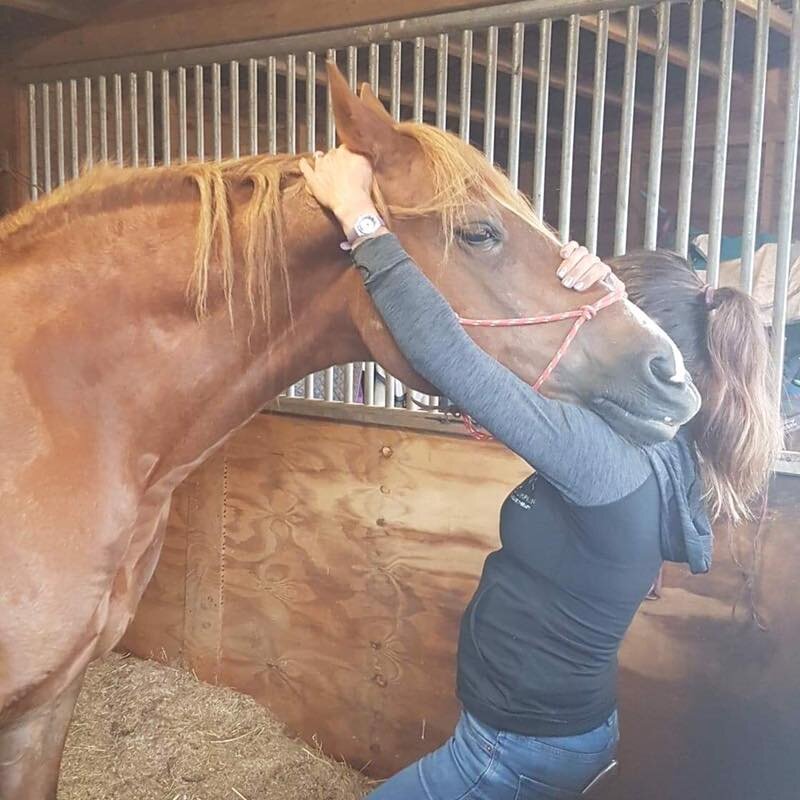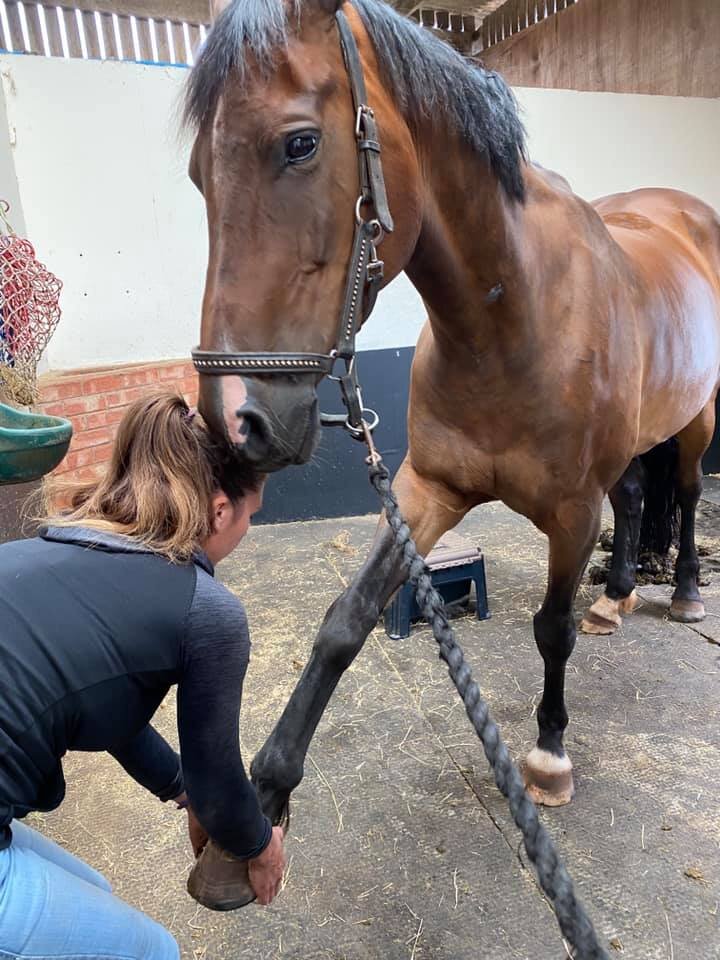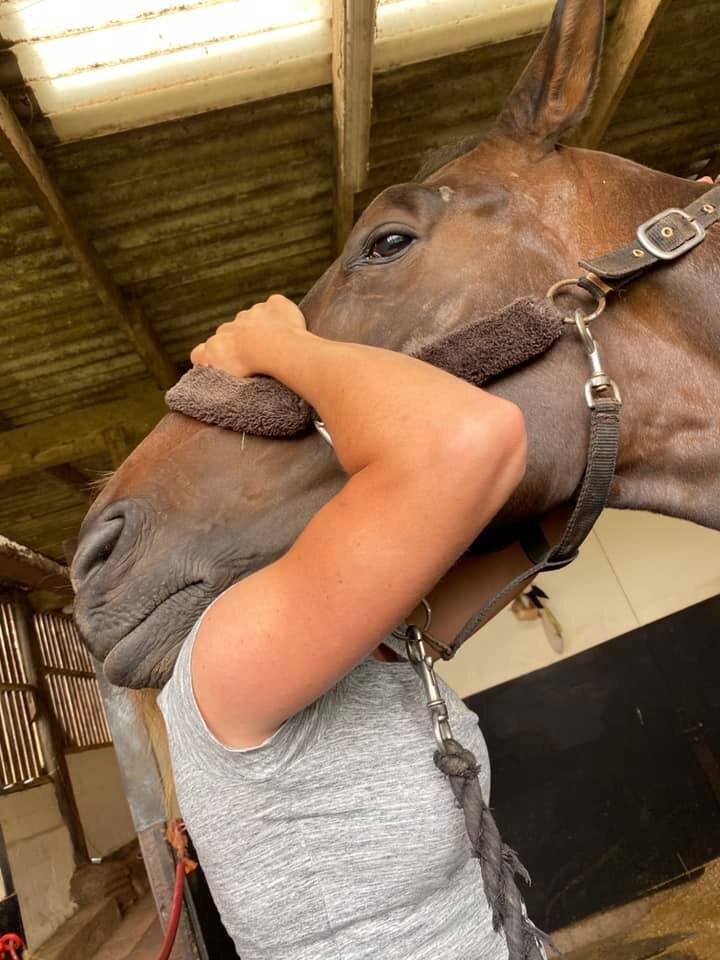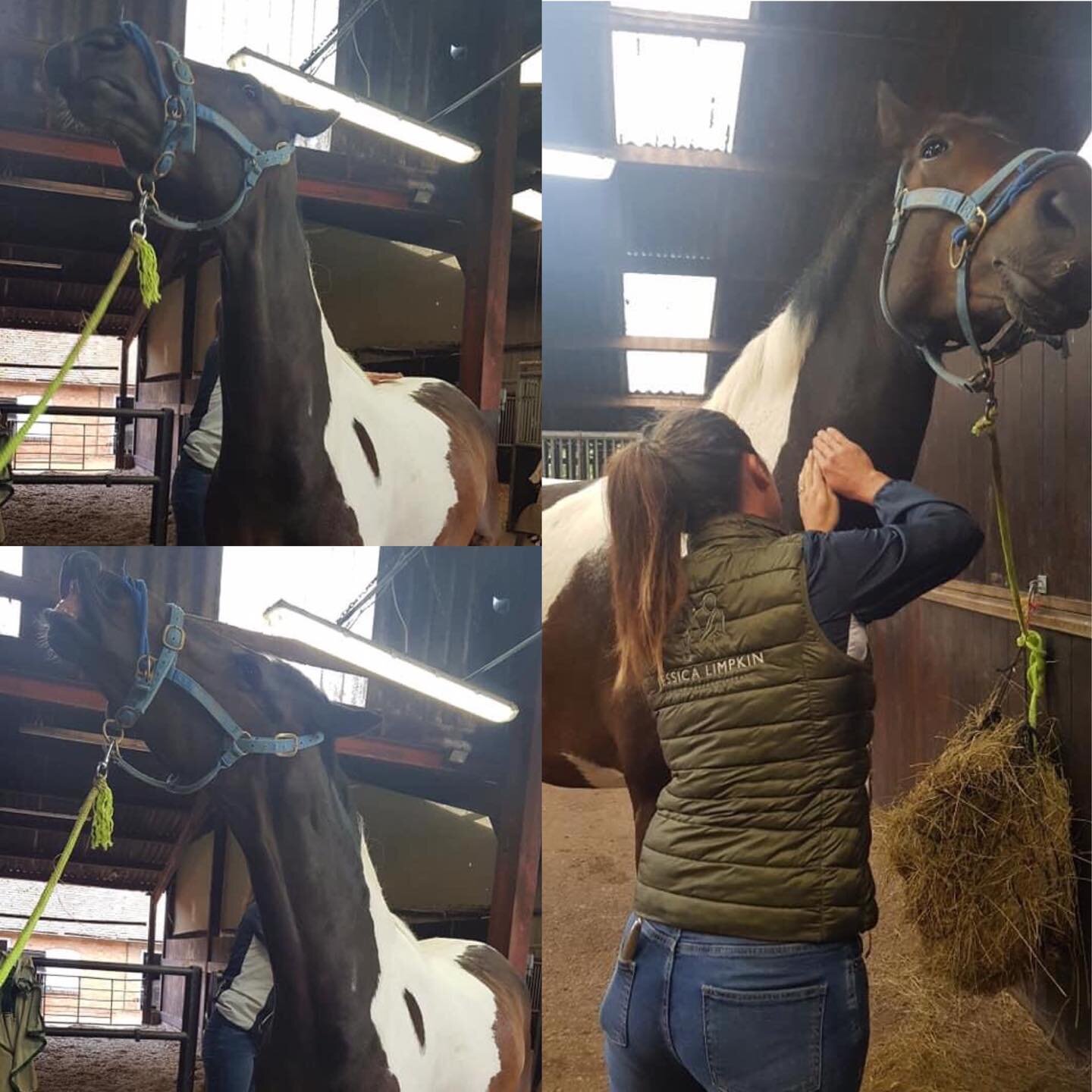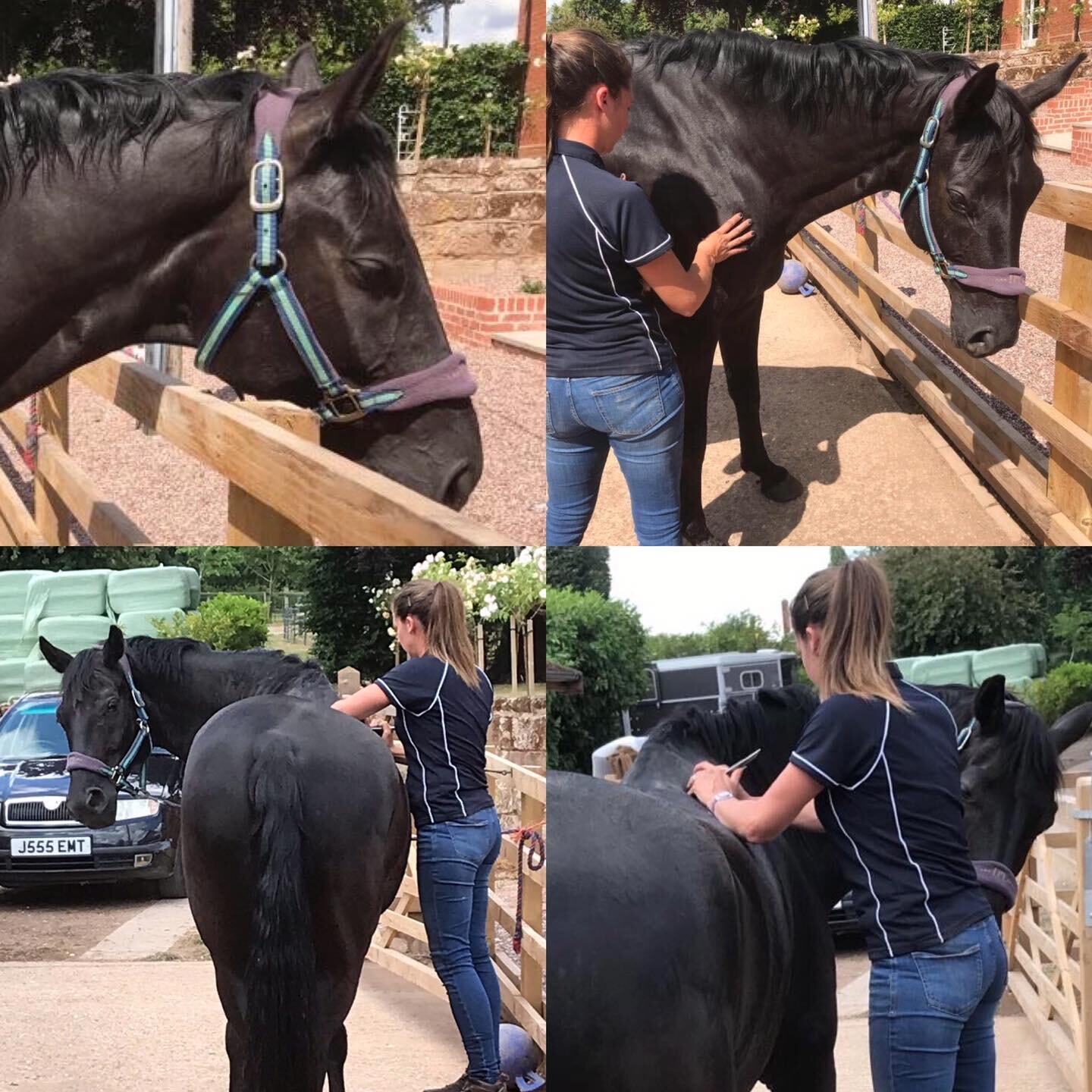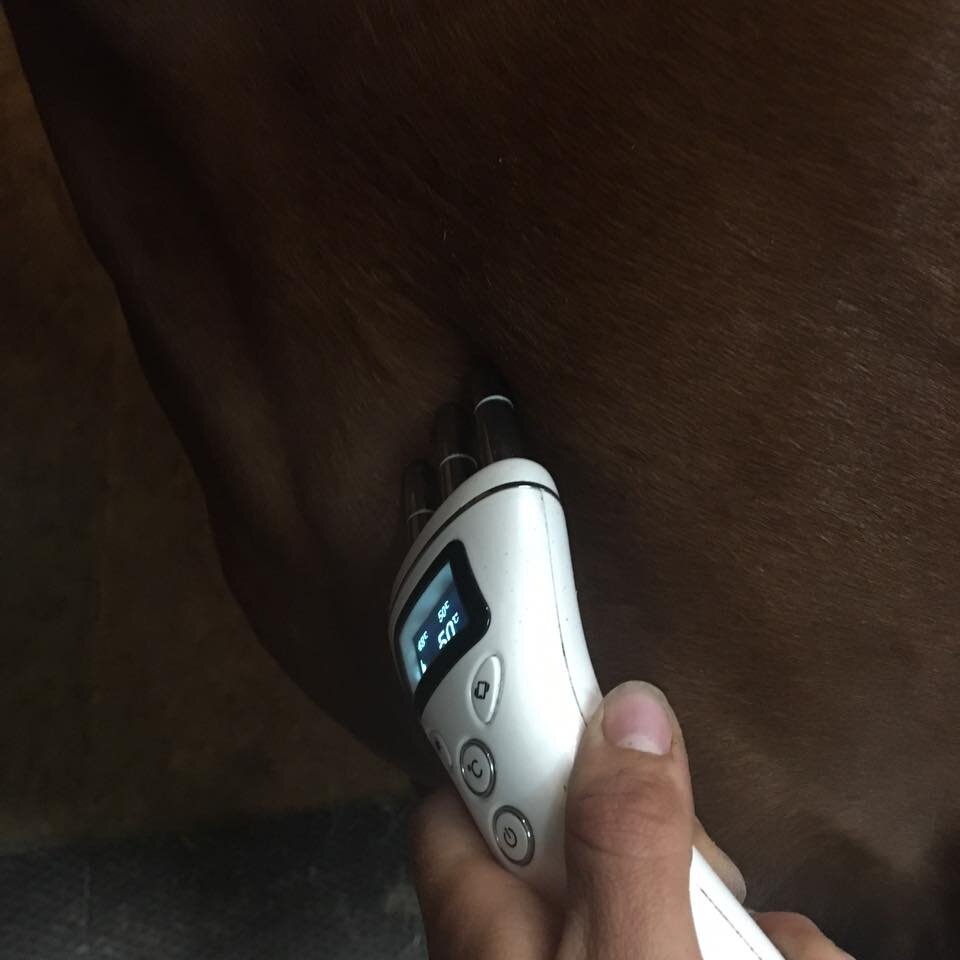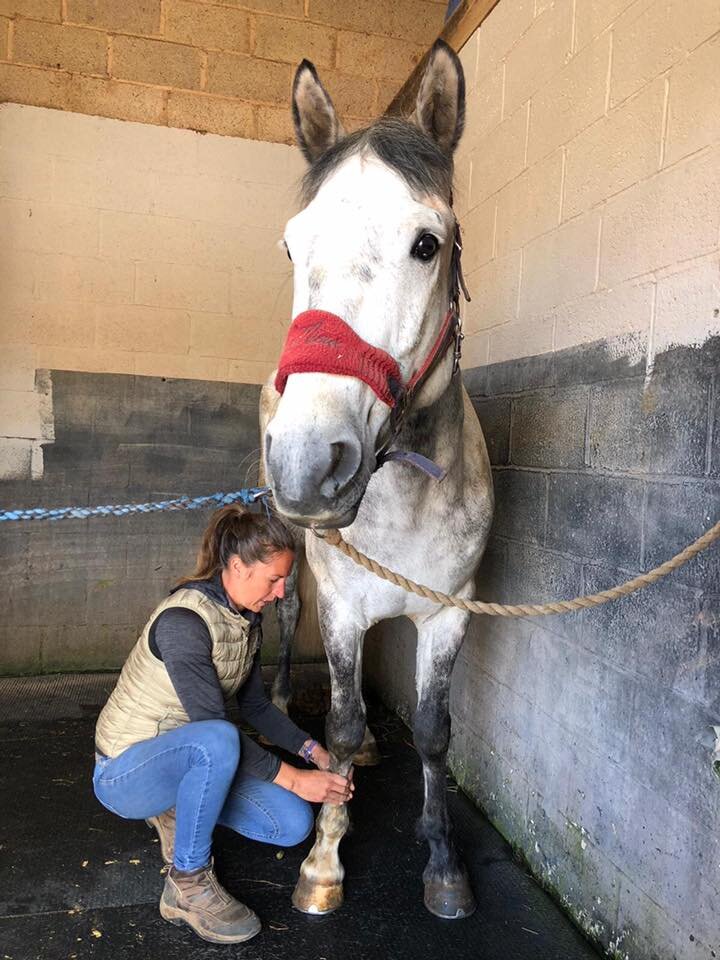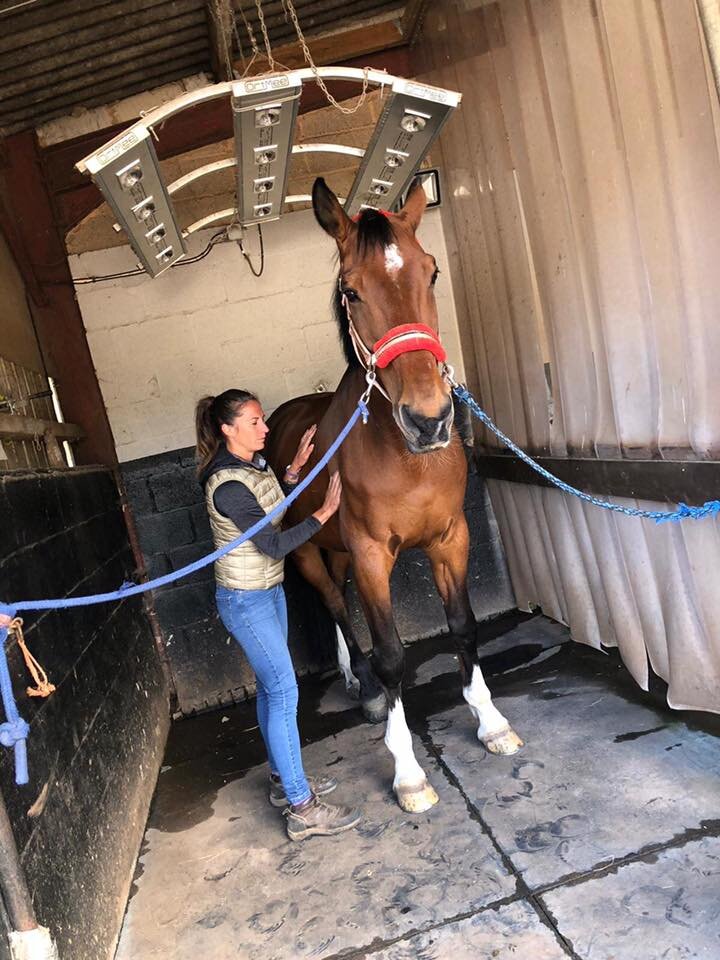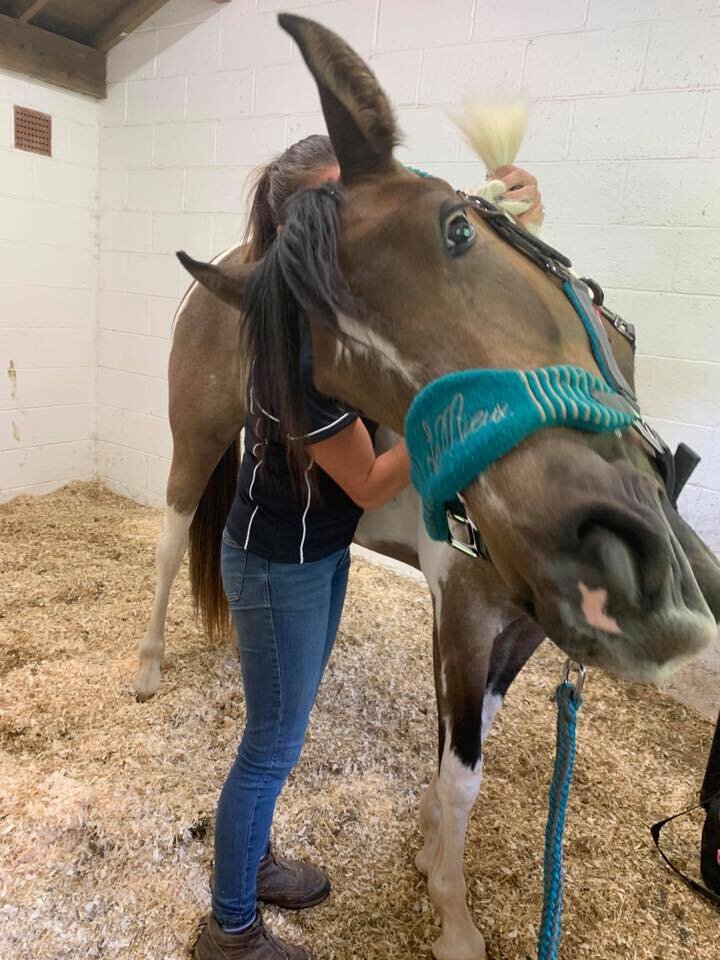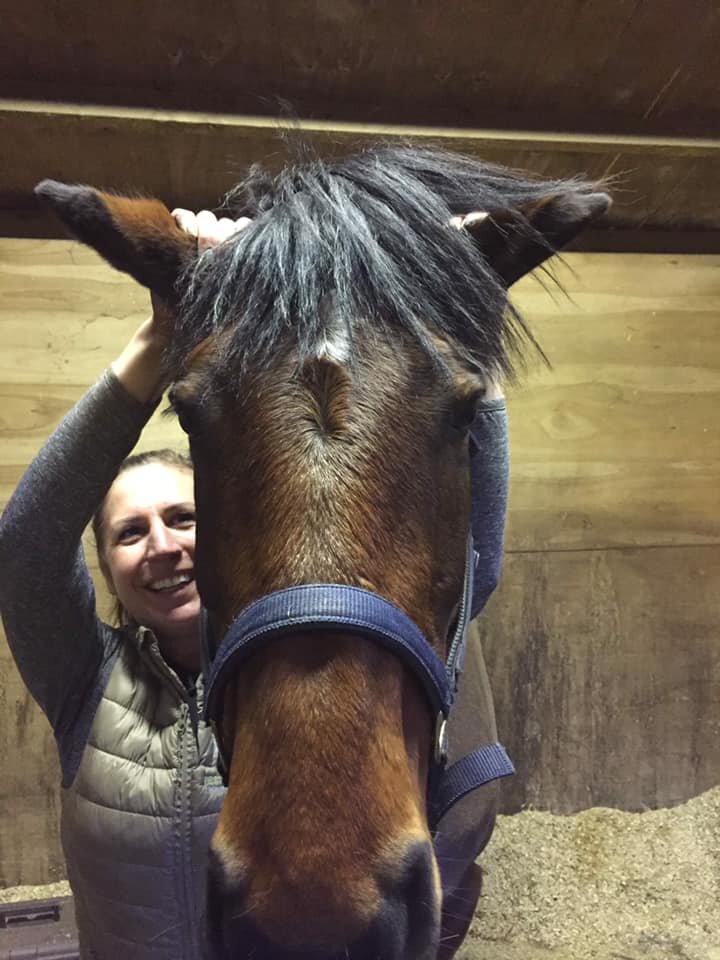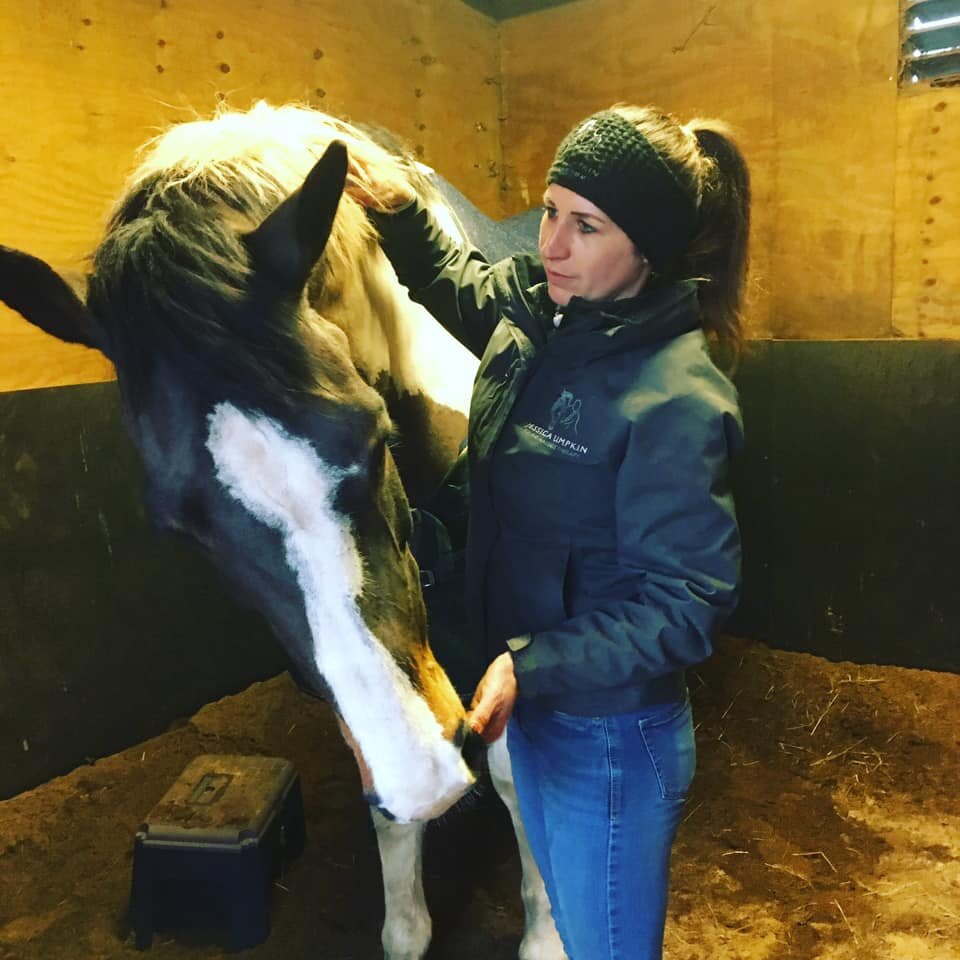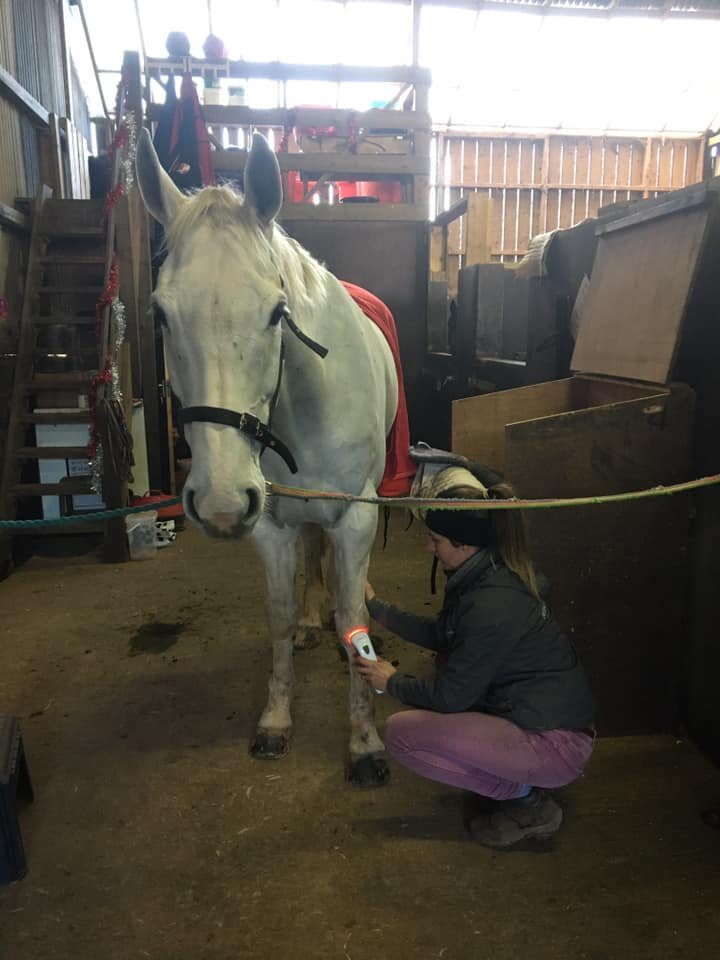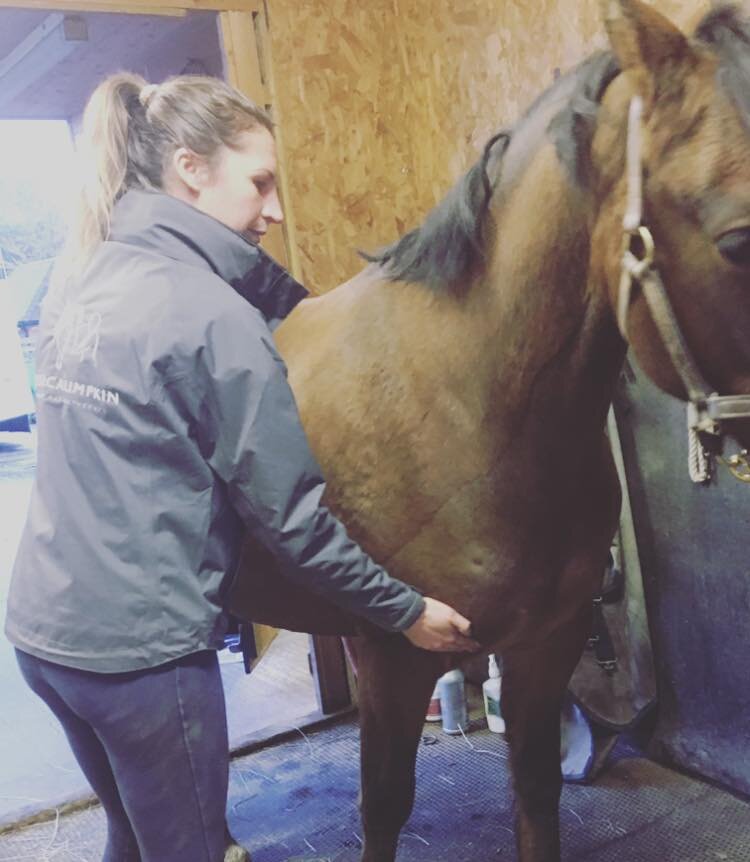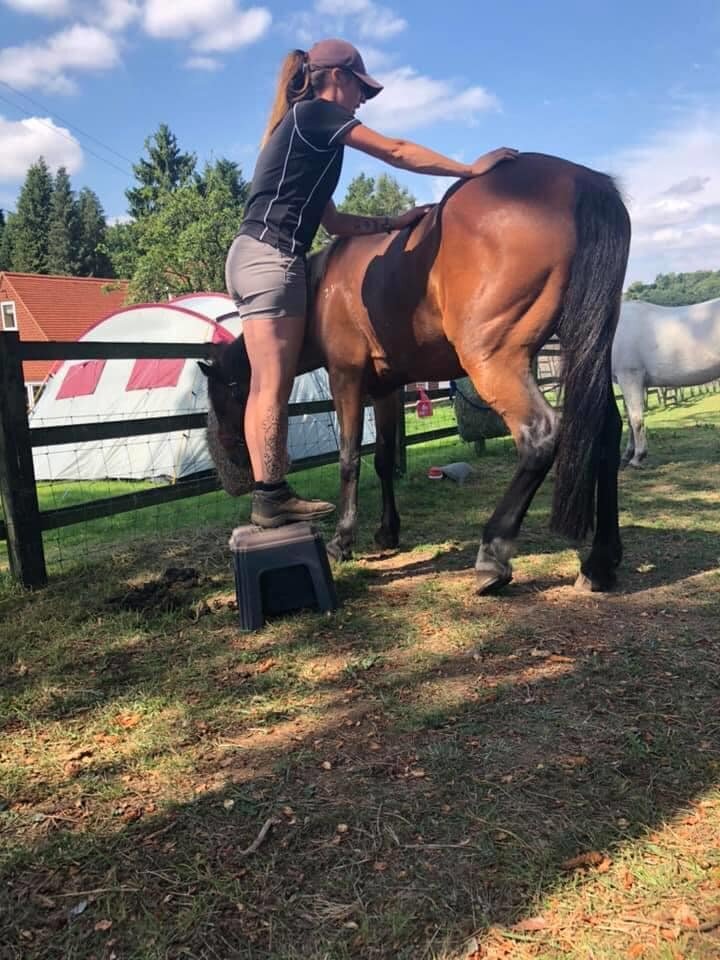Introduction to Hands-on massage therapy
Equine Massage Therapy is a generic and collective term that refers to the intellectual manipulation of the varied layers of soft tissue structures that lay beneath the horse’s skin.
A variety of individual and integrated skills belong within the artistry of equine massage therapy.
Each one is specifically designed to effectively contribute to the detection, resolution and healing of various malfunctions present within the specific body tissues and structures.
Application
Each massage application works within it’s own principles, designed to deliver targeted and specific results.
During treatment Jess will use a combination of the following techniques as required:
Laying on of Hands – a resting position to connect with the horse, also has great therapeutic value in soothing acute wounds, inflammation, nerve irritation, and stress of a mechanical or nervous origin
Stroking - uses the finger tips or palms of the hands to allow your horse to increase his awareness of his body, helps to relax the horse and affects the central nervous system.
Effleurage - a gliding stroke done with the palm, whole hand, fingers and or arm. This movement opens the tissue/muscle to get ready for other movements and also helps to drain the muscle after further treatment has been applied
Wringing - the muscle is lightly and gently lifted, then wrung side to side. This movement efficiently increases circulation and also is very useful in fighting inflammation over the muscles
Kneading - is one of the main movements in massage, used to increase the circulation to the tissue and to soften the muscle tissue. It also prepares for deeper therapy.
Compression - produces the same pumping effect and has the same benefits as kneading, is used over large, bulky muscle areas, such as the hindquarters or the shoulders if well muscled
Picking Up - contributes mostly to toning the muscle as well as increasing circulation, is used mostly on the upper forelegs and hind legs; it is good on the stifle and on the crest of the neck as well
Skin Rolling - a very soothing manipulation that is used mostly to maintain a healthy and shining coat, prevent the formation of excess adhesions and maintain elasticity of the skin
Vibration - is used to affect muscles and joints below the superficial tissue. Vibration in a superficial way will stimulate and soothe your horse, or used more deeply will help to break up restrictions and adhesions within the tissue
Shaking - a very strong mechanical movement used to increase circulation and help a horse relax an area he is holding tension in
Deep Fibre Friction - consists of small, deep, circular movements applied across the length of the muscle or up and down over a patch of fibrous tissue, used to break down adhesions and scar tissue (fibrosis) over muscular fibres, tendons, ligaments, fascia, joint capsules, and bones
Tapotements - a series of soft blows to the body, done rhythmically. Used to increase circulation and to energize the body, tapotements are very effective for warming up muscle groups just prior to exercise
Benefits
There are many physical and psychological benefits to equine massage therapy. These include:
Draining & Stimulating the Lymphatic system, removing toxins from the horse’s body
Balancing the Nervous system and stimulating the Parasympathetic Nervous system, known as the “Relaxation Response”.
Relaxing & Repairing Muscular Malfunctions
Stimulating the blood flow and Cardio Vascular system, improving circulation
Stimulating the Digestive system
Stimulating the Respiratory system
Balancing the Endocrine system
Improved posture
Improved Muscle Tone
Improved coat condition and shine
Increased flexibility and range of motion
Increased stamina
Stress relief
Pain relief


